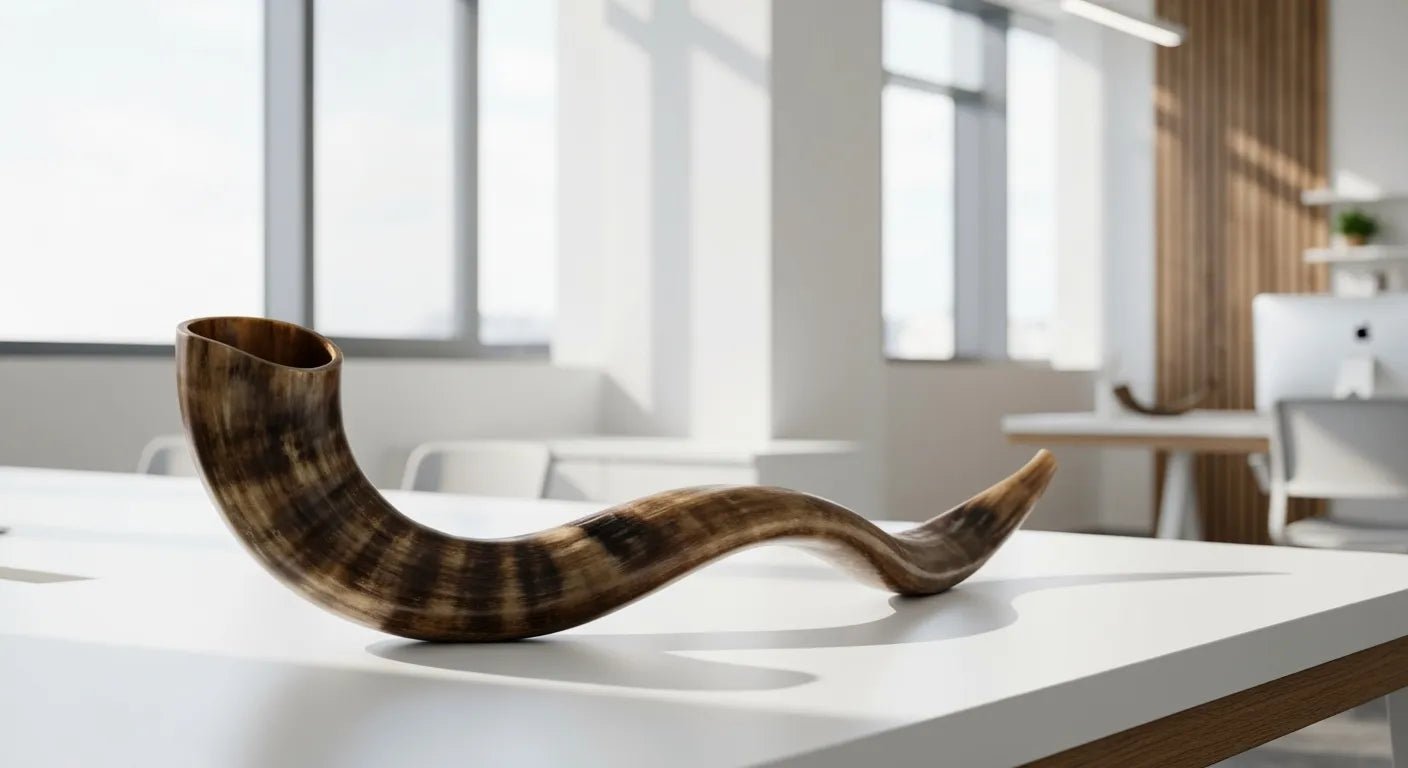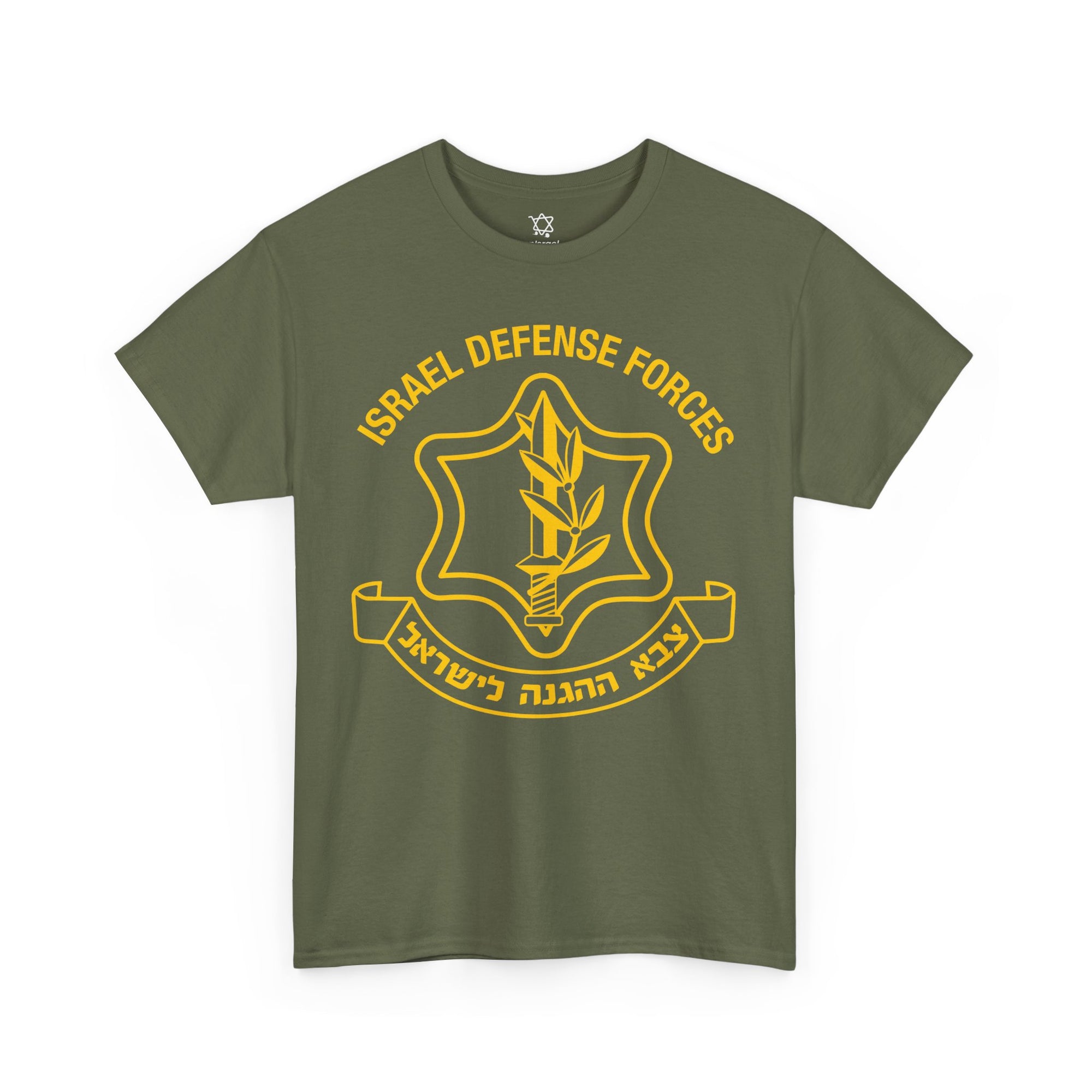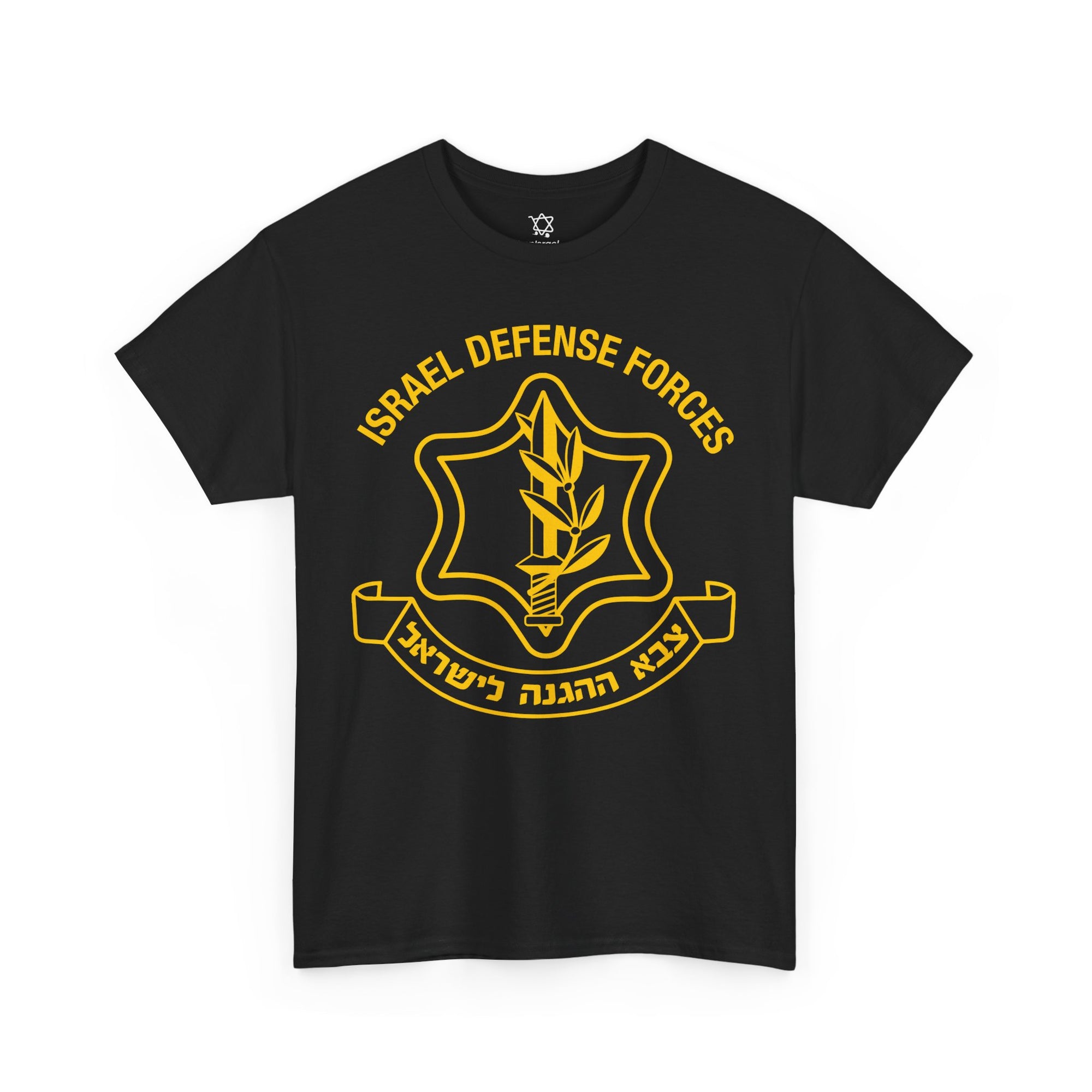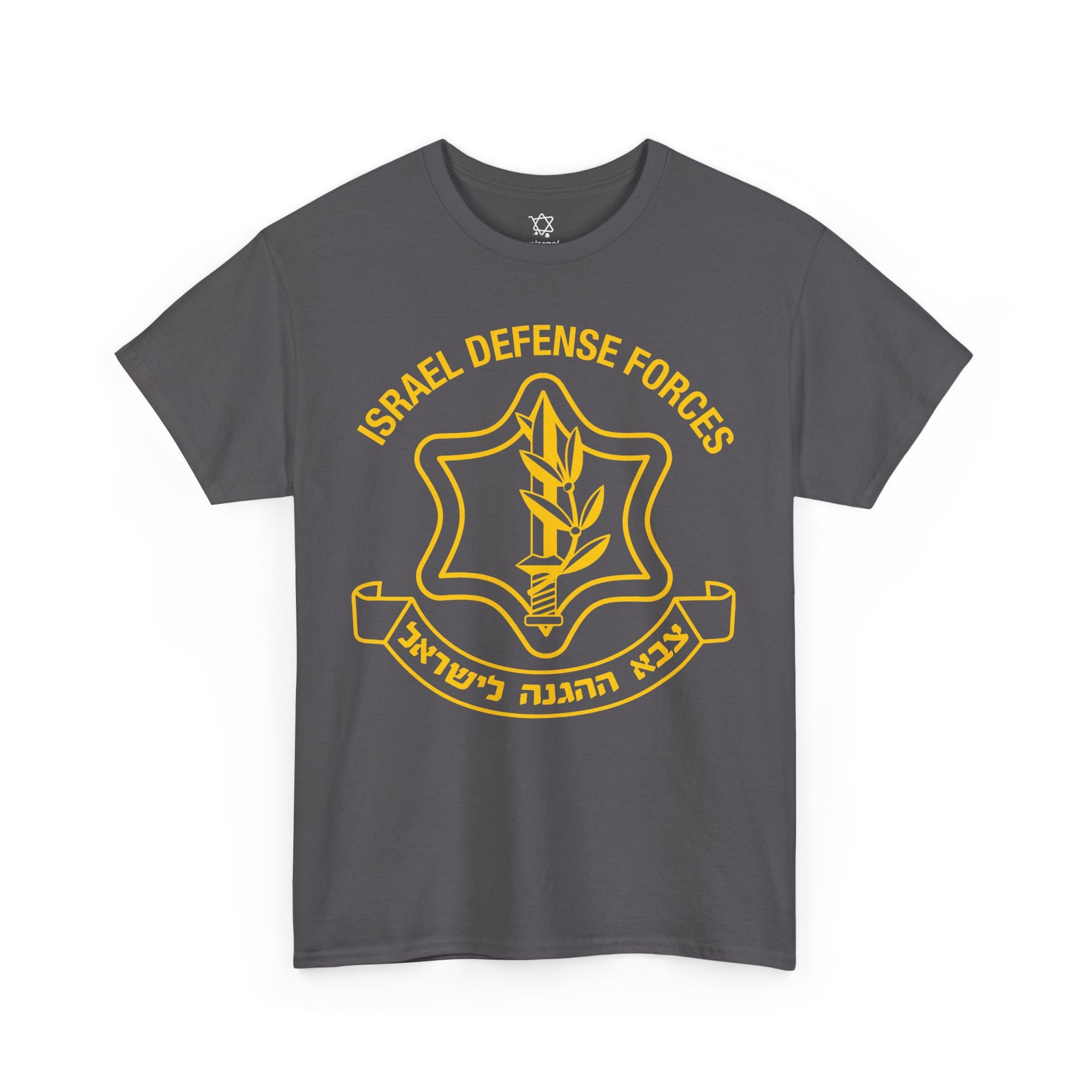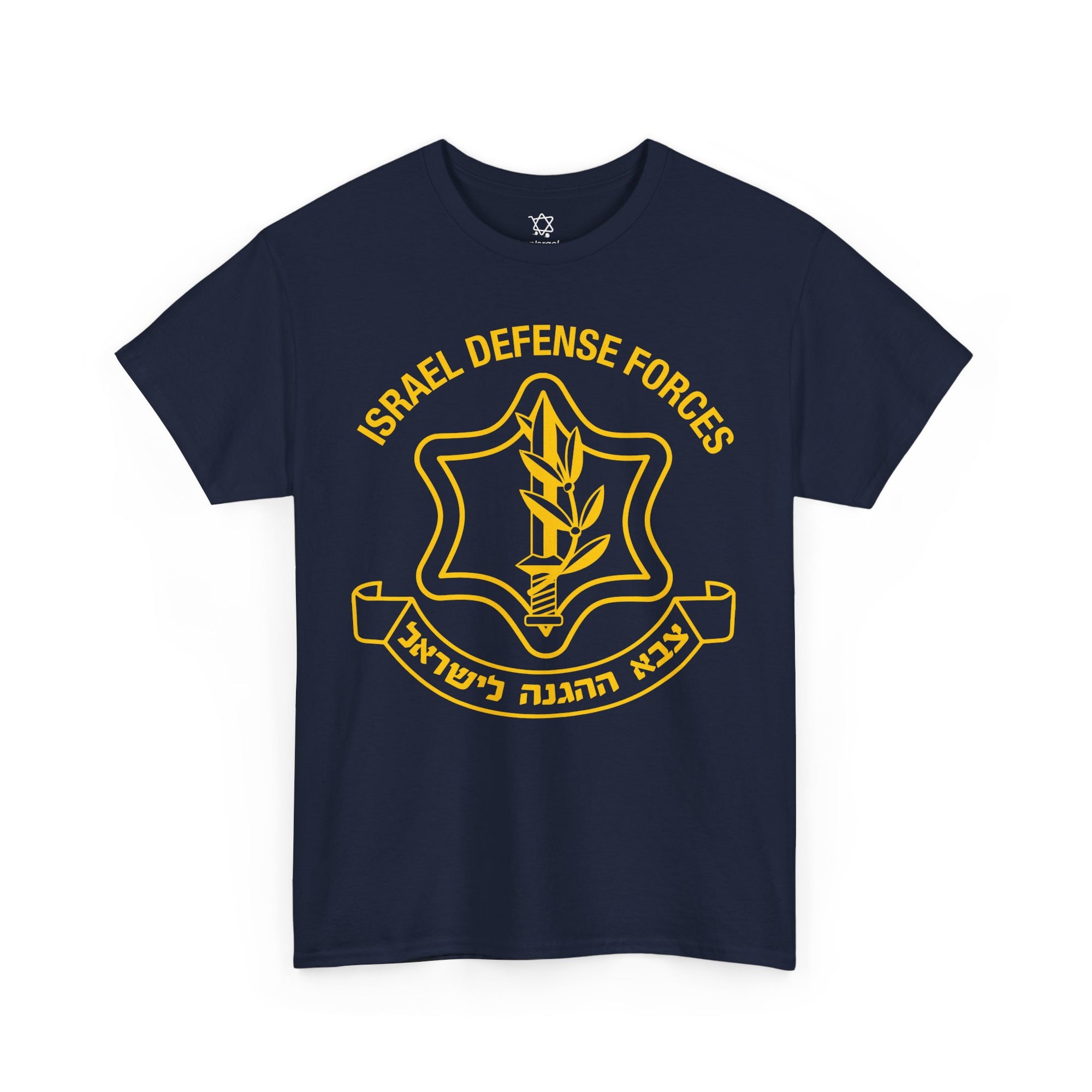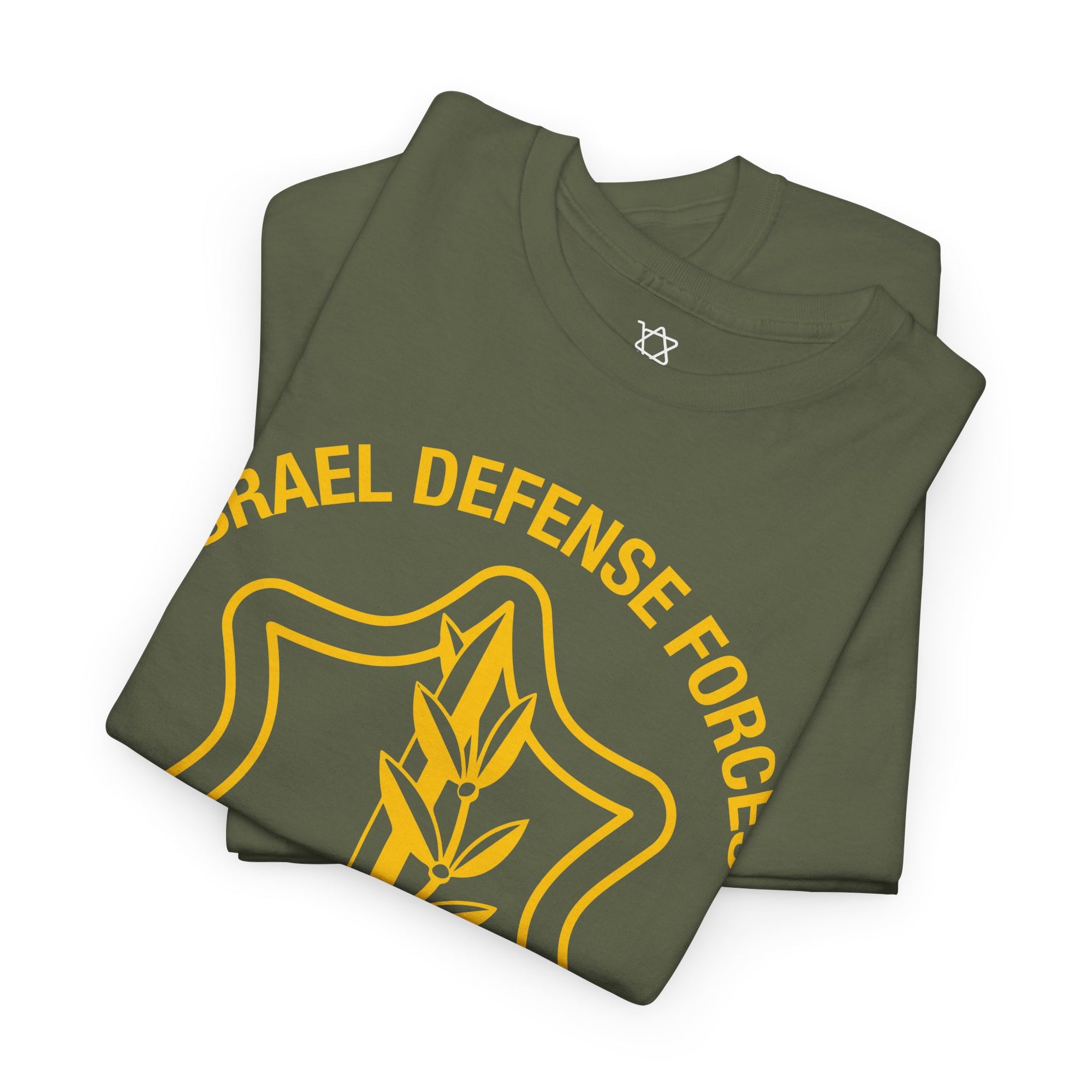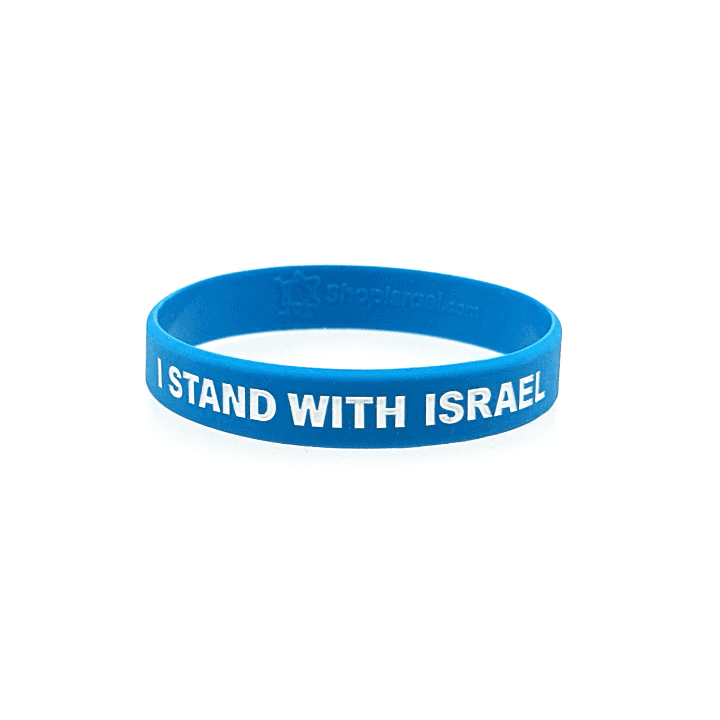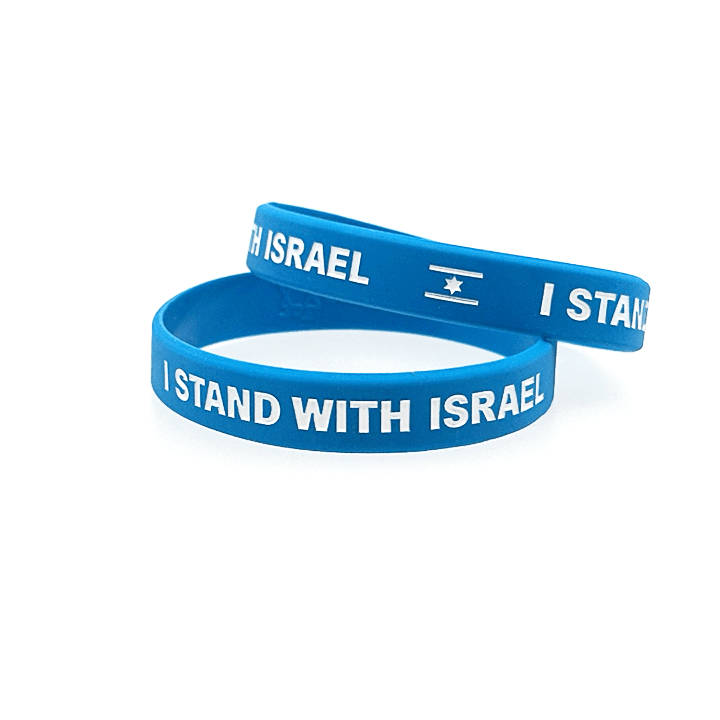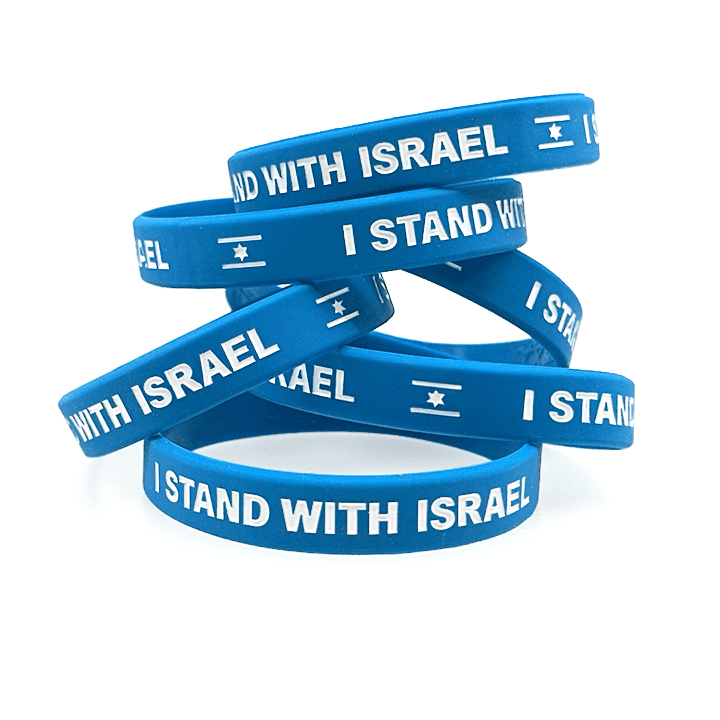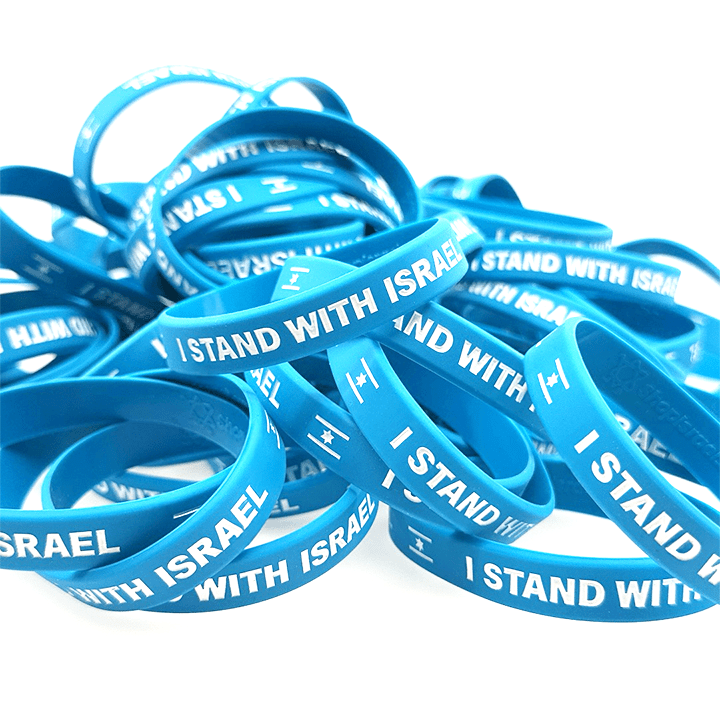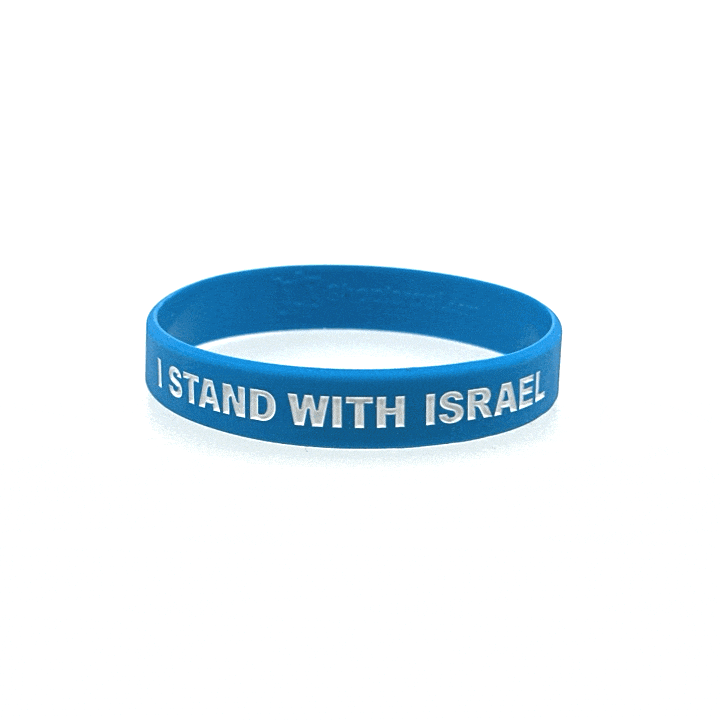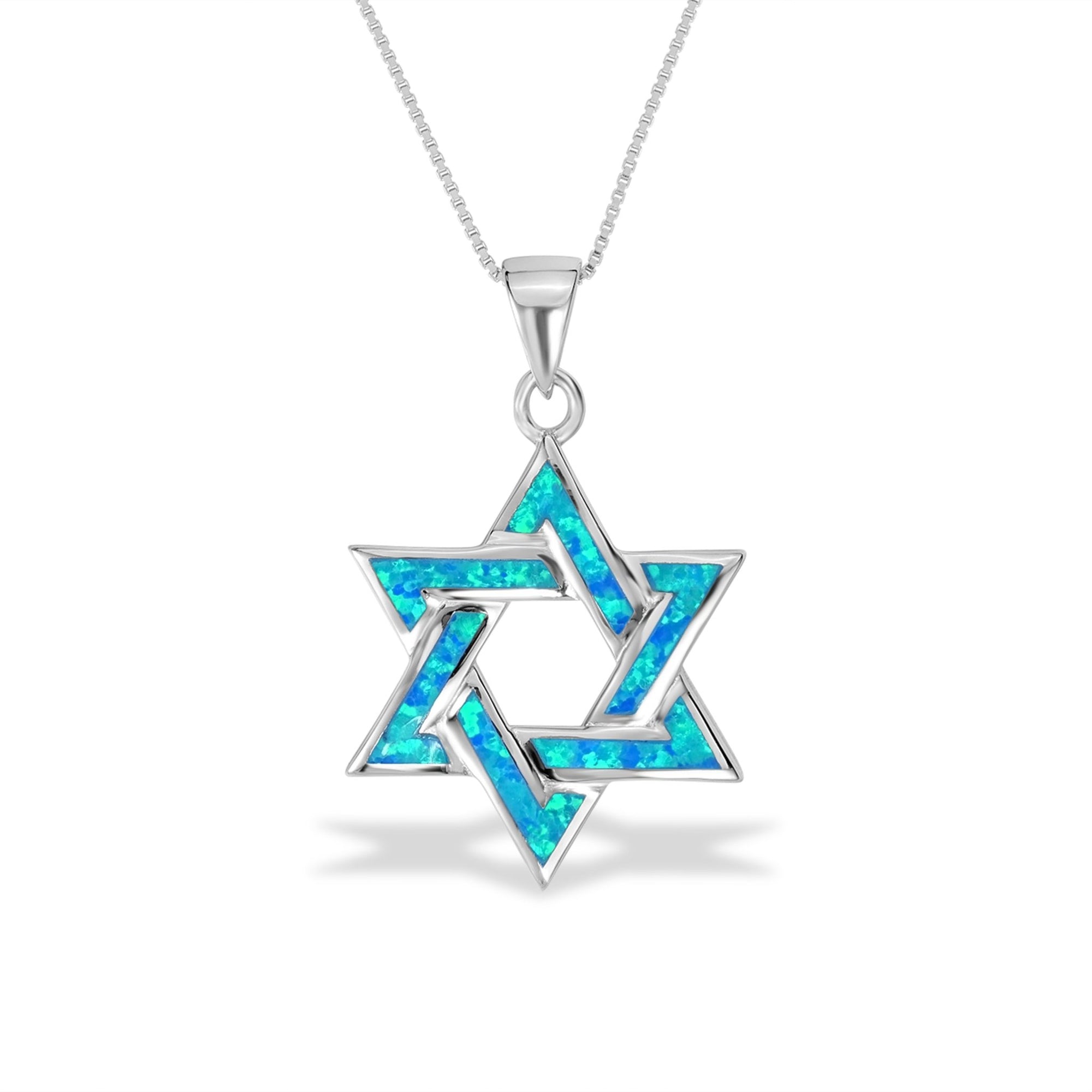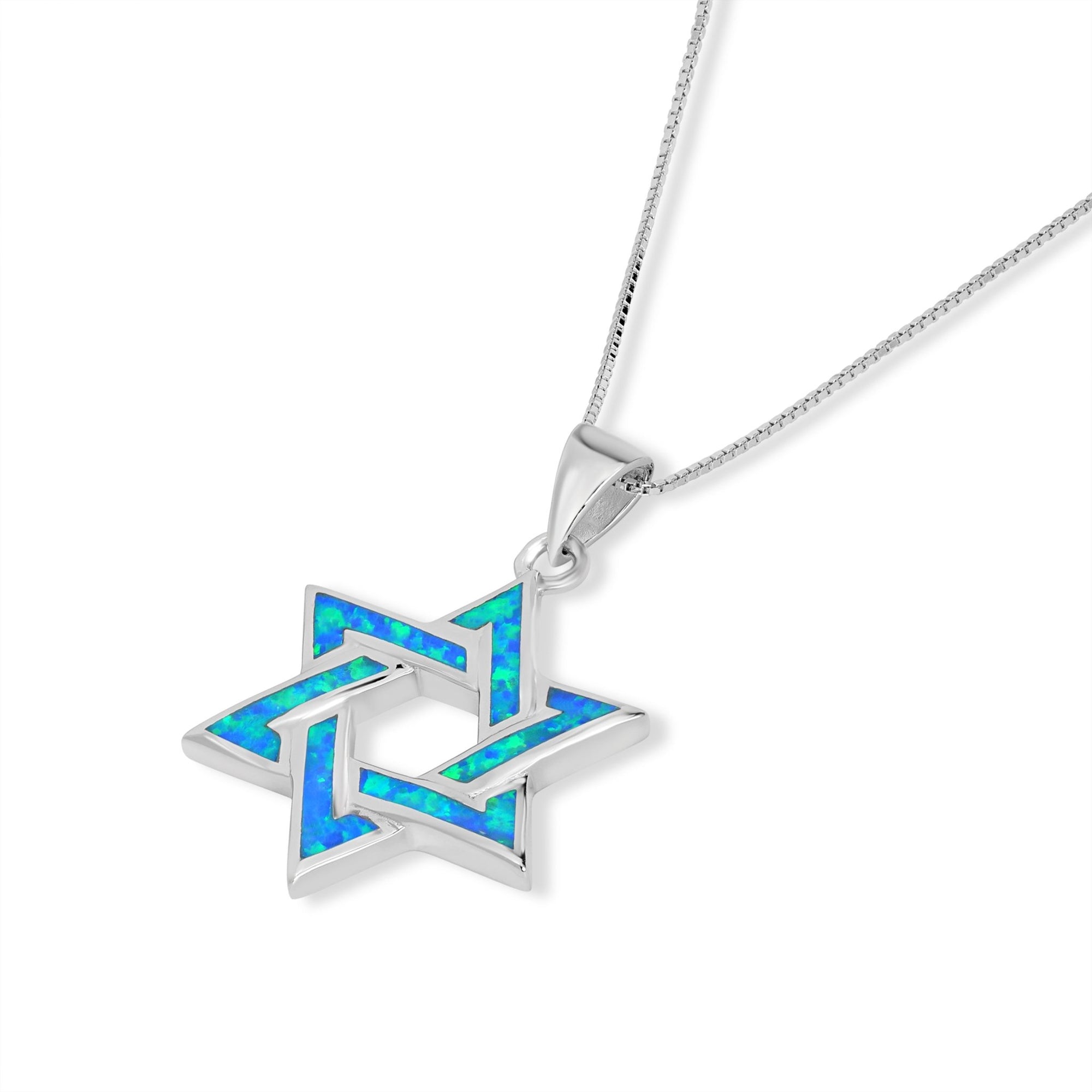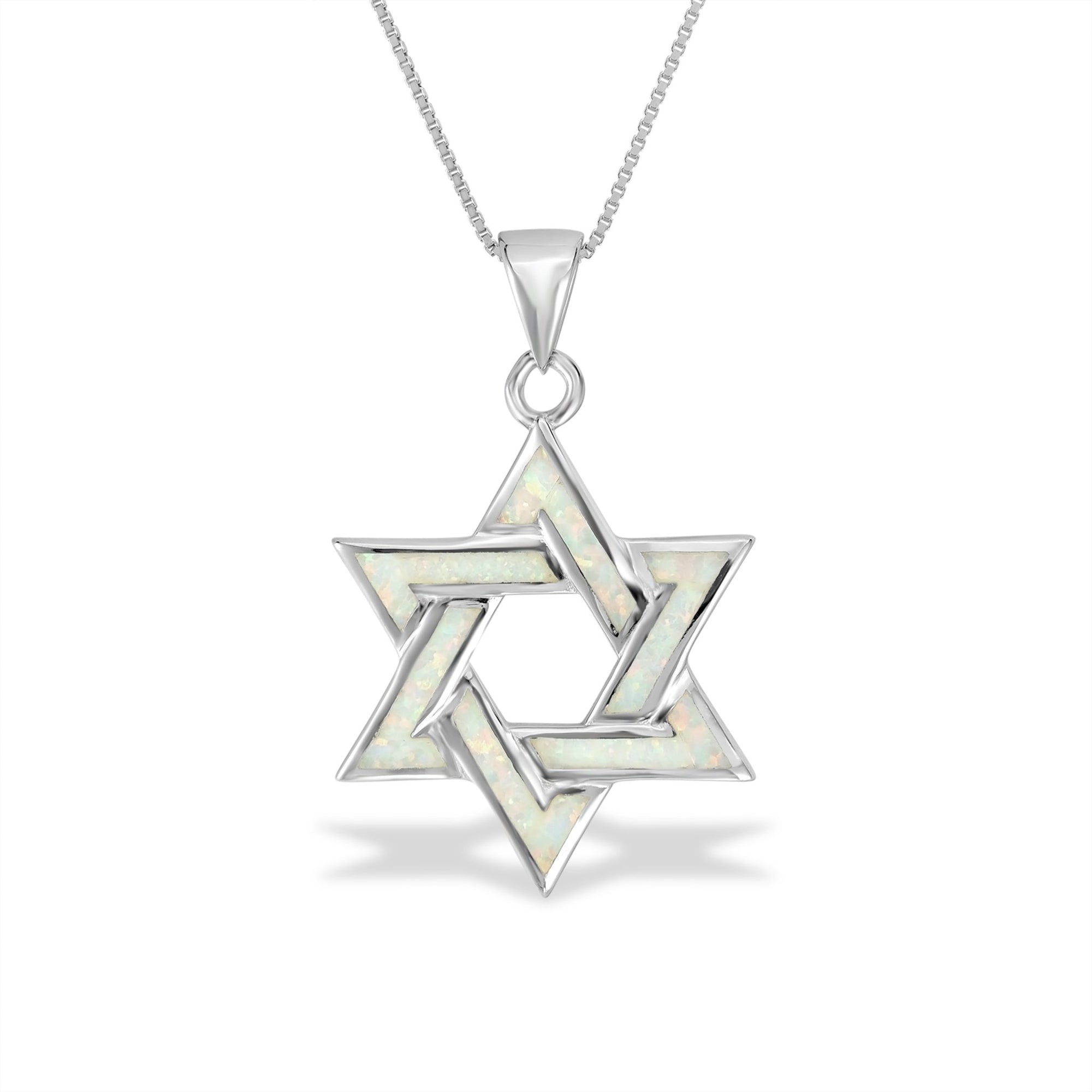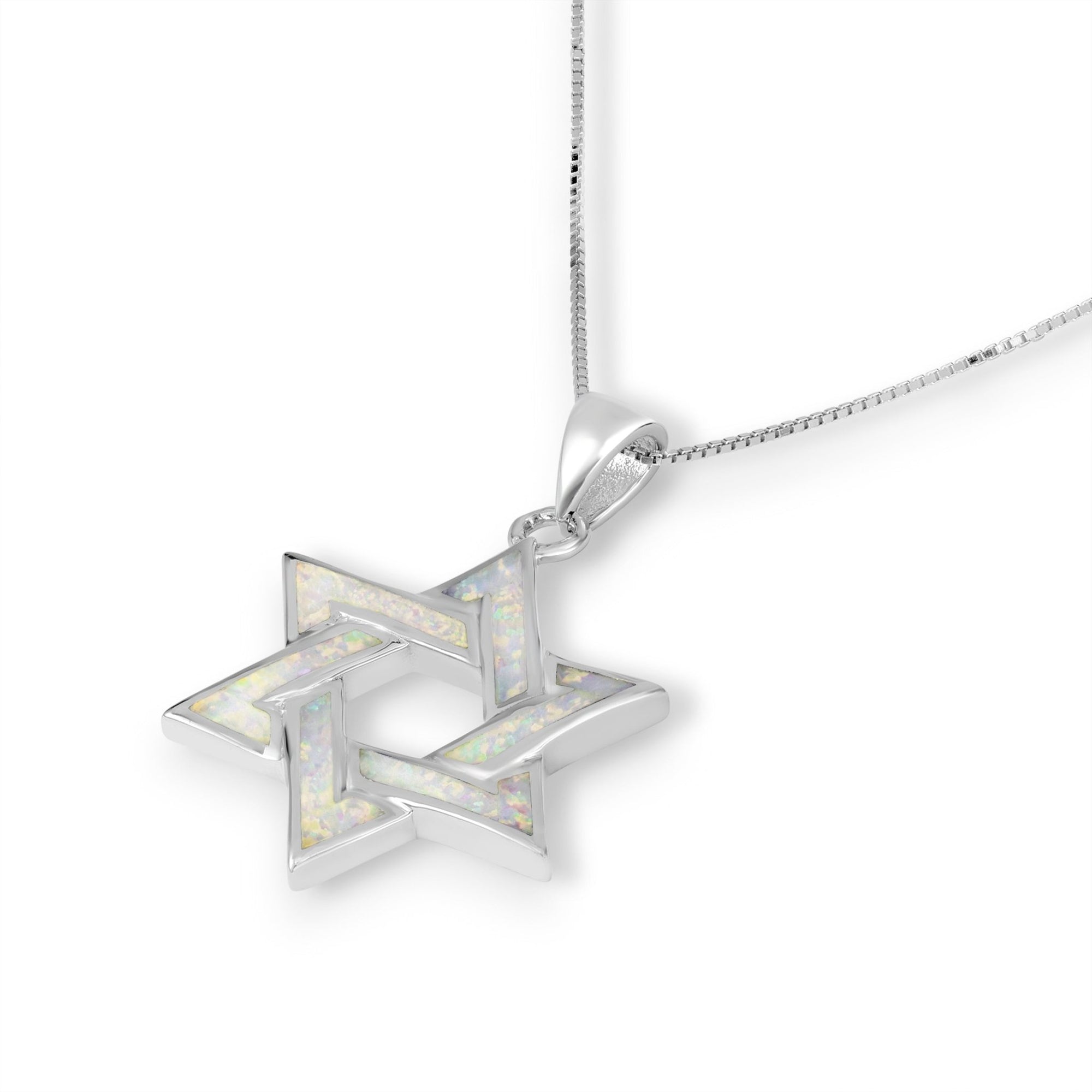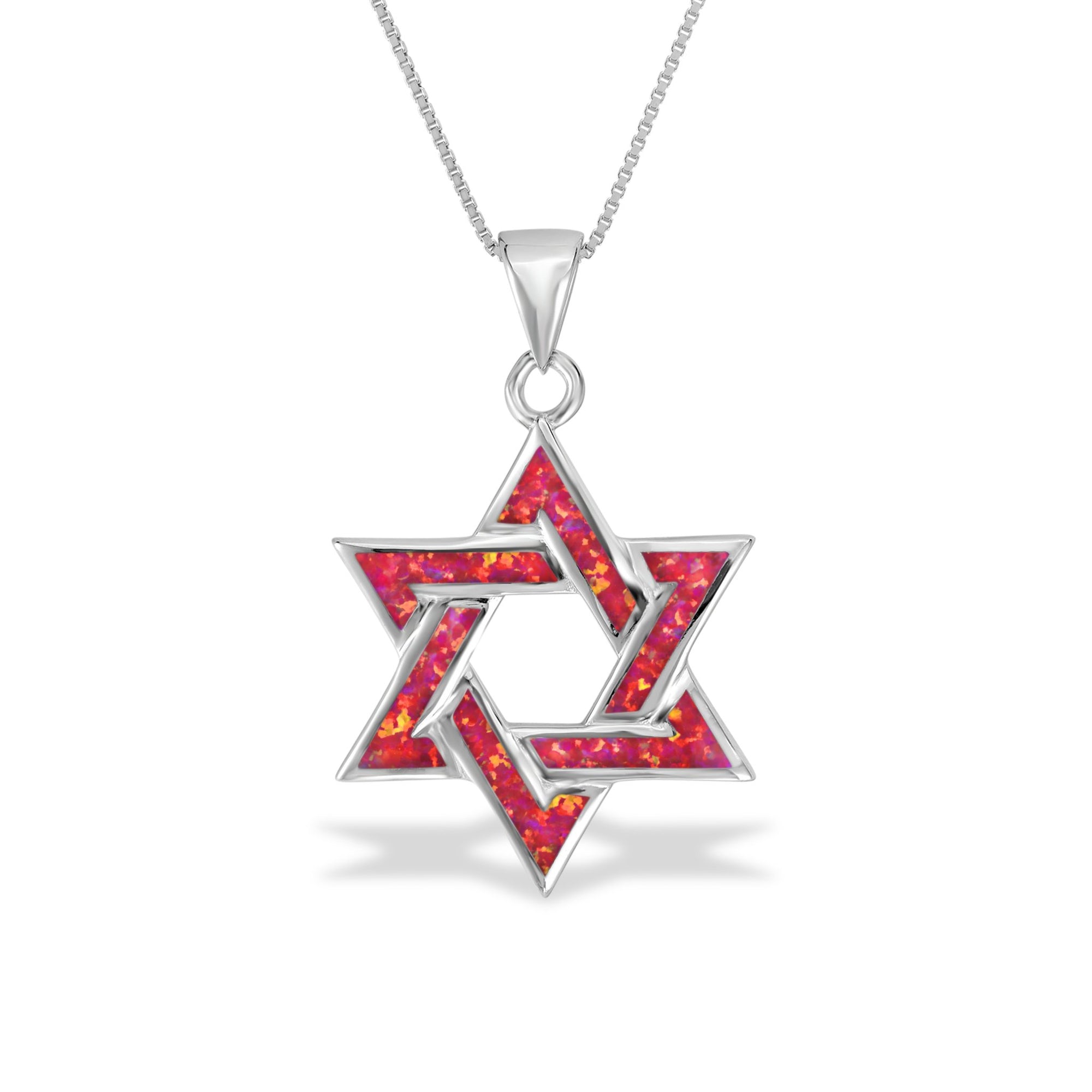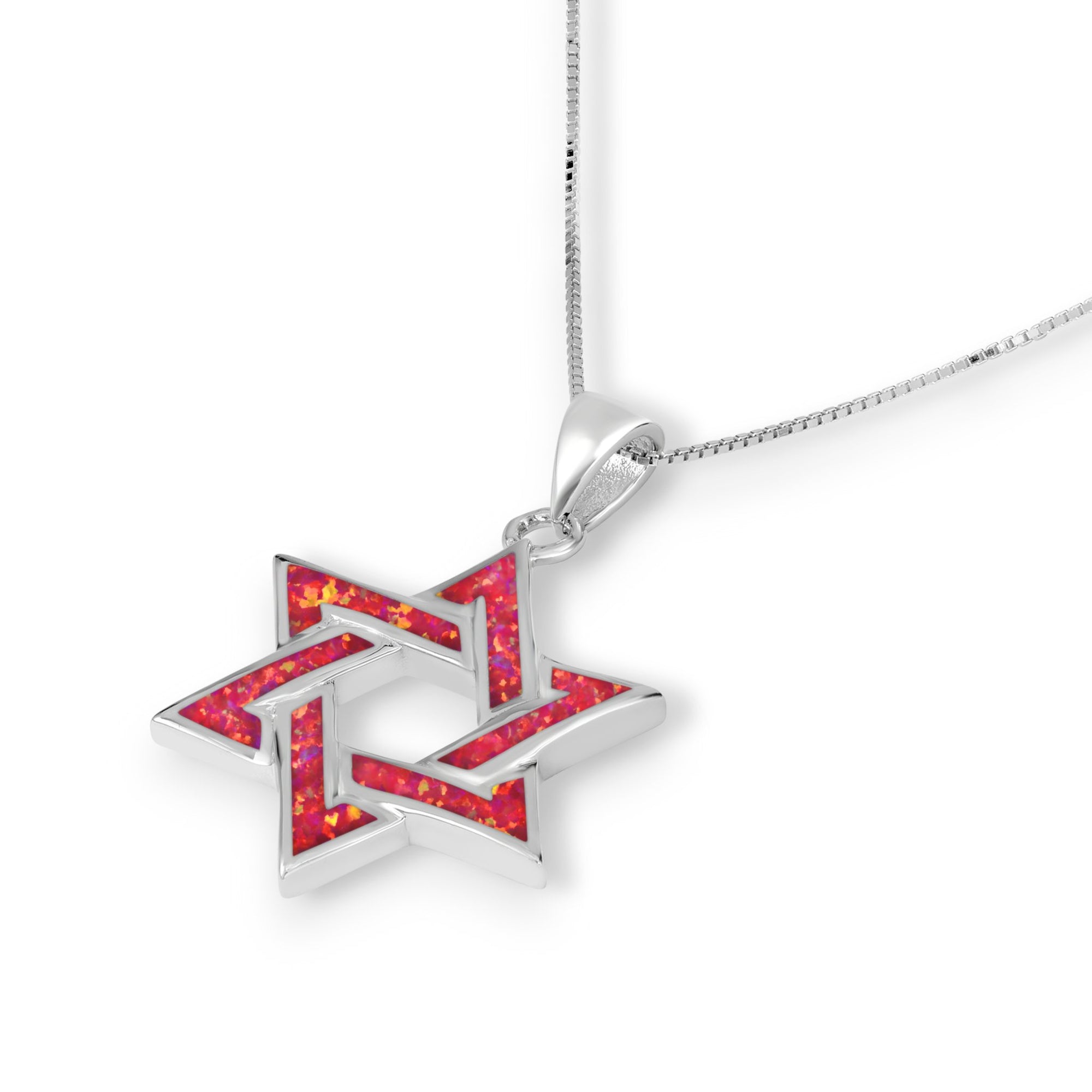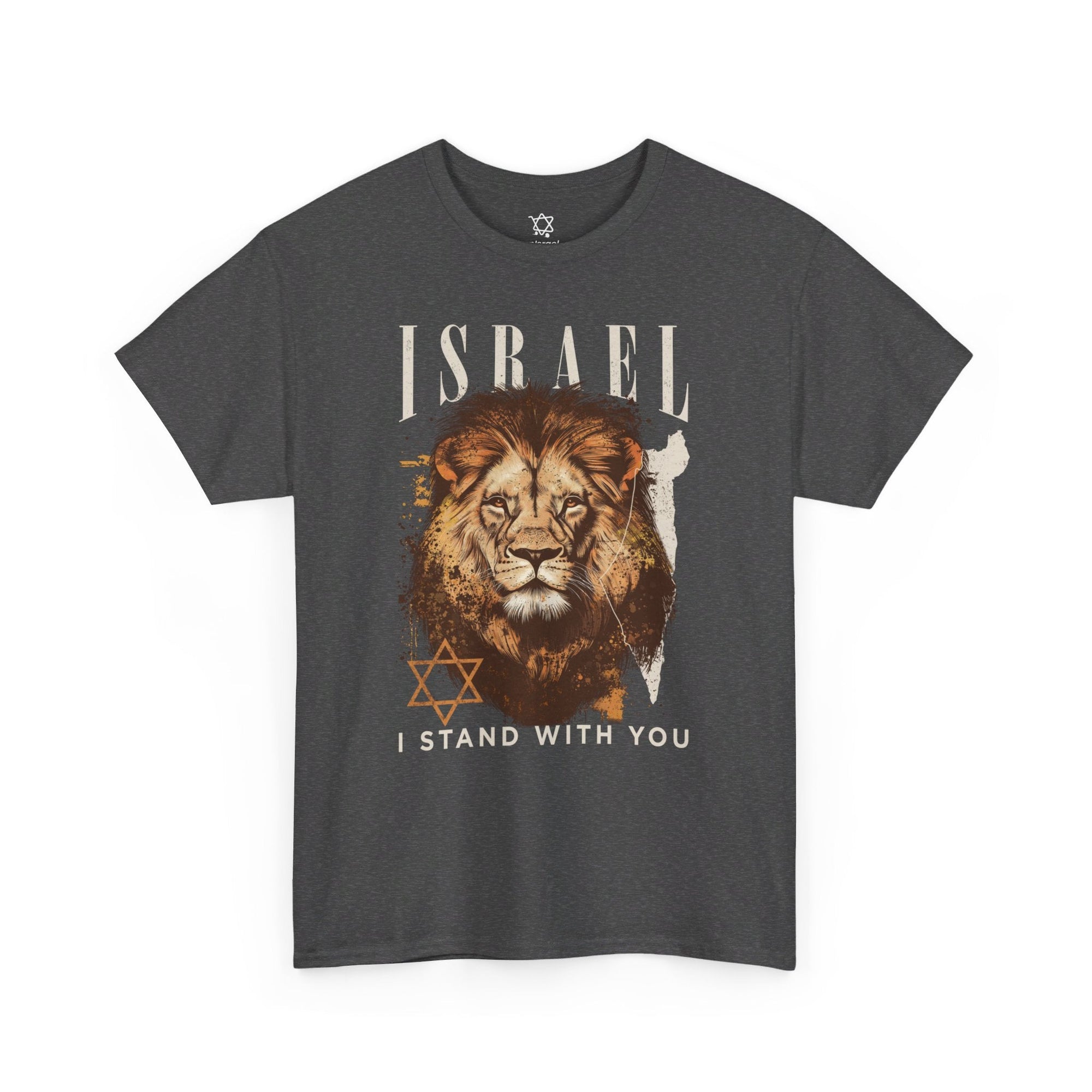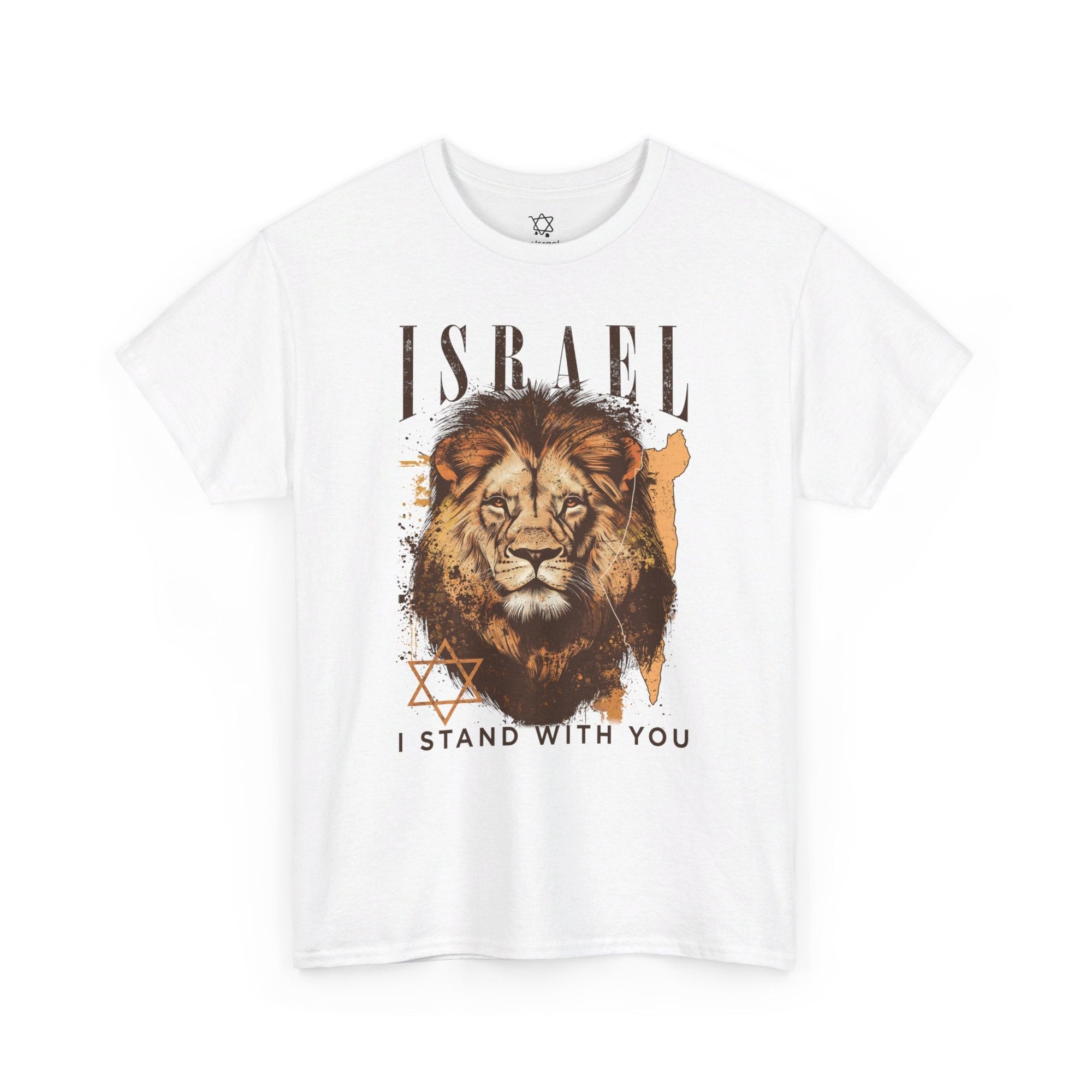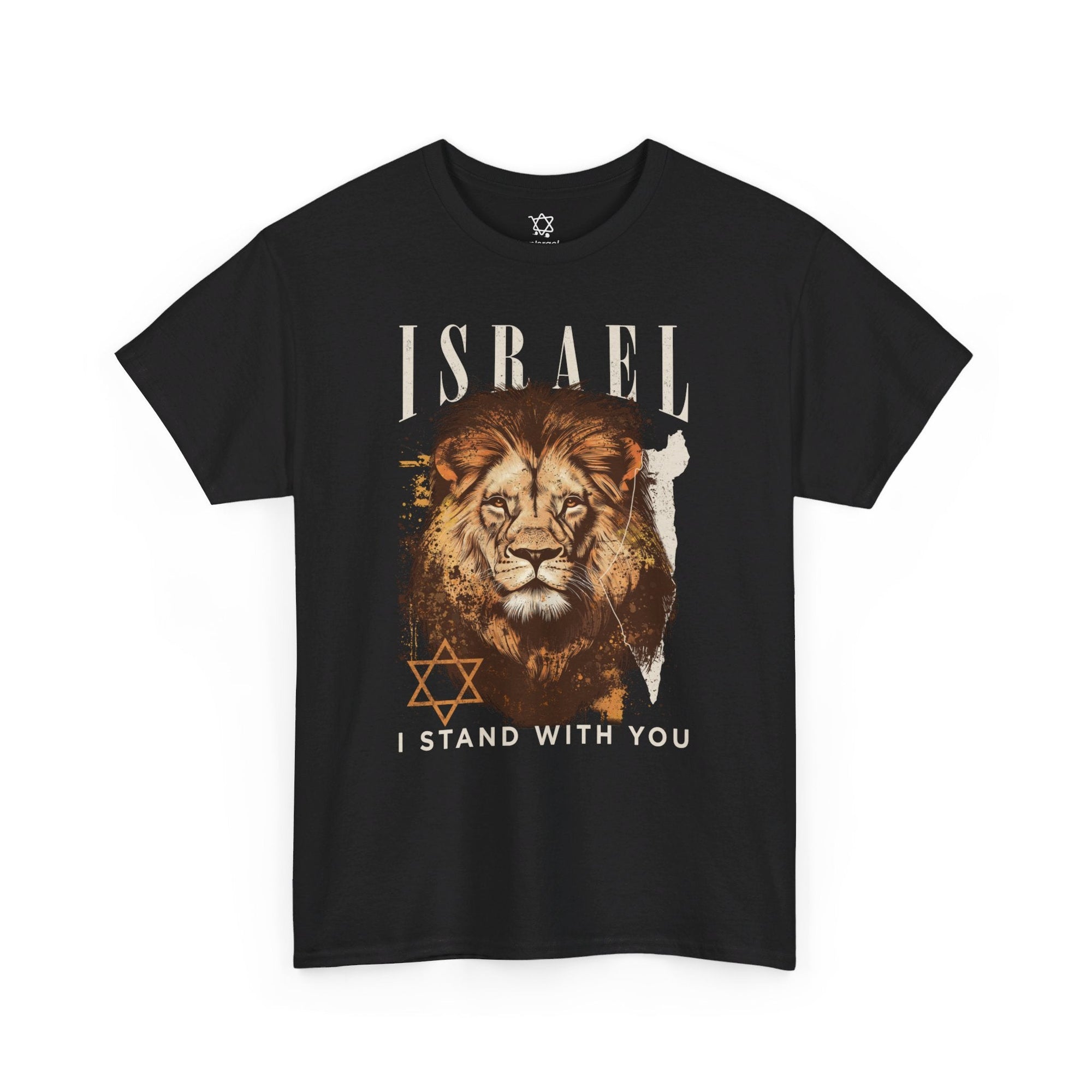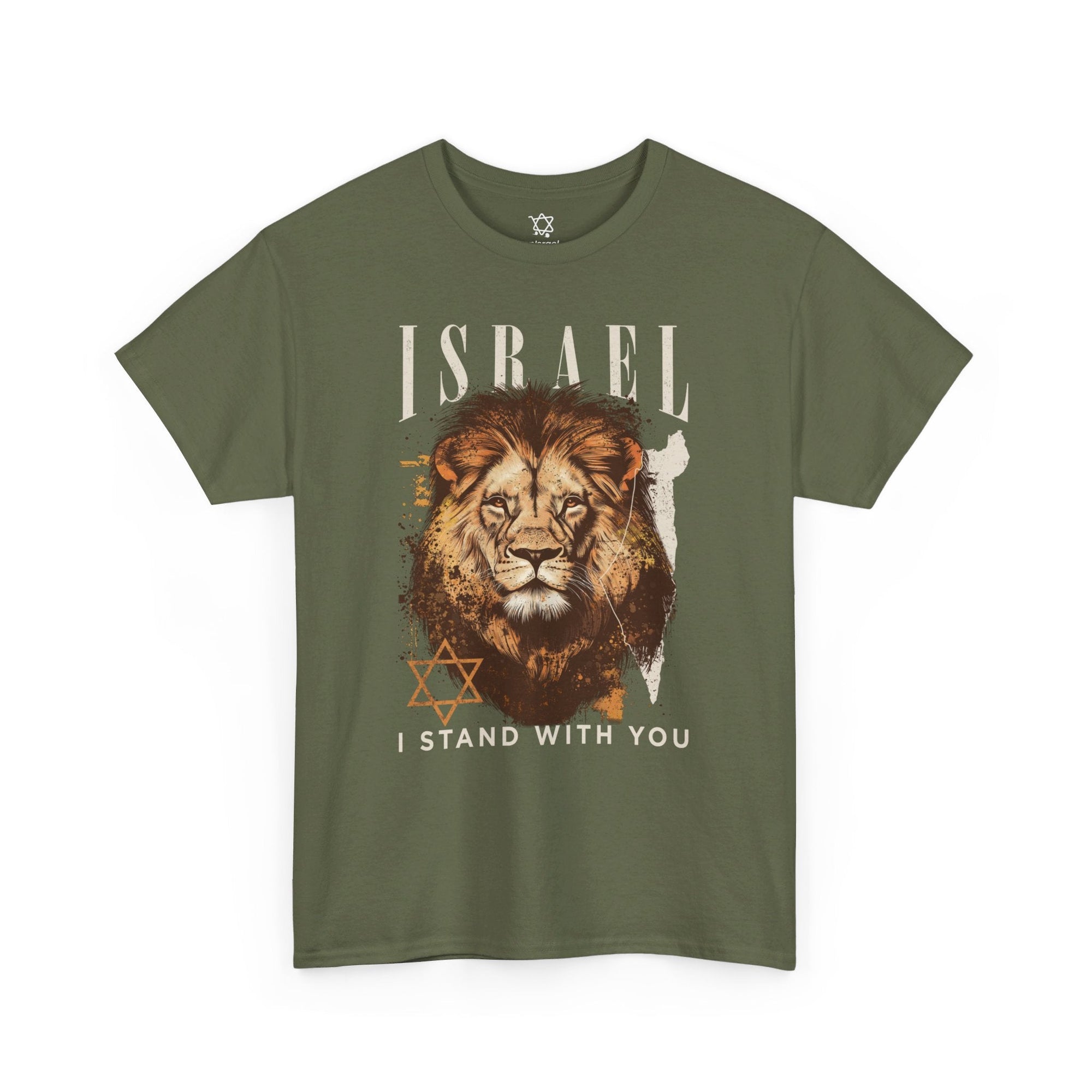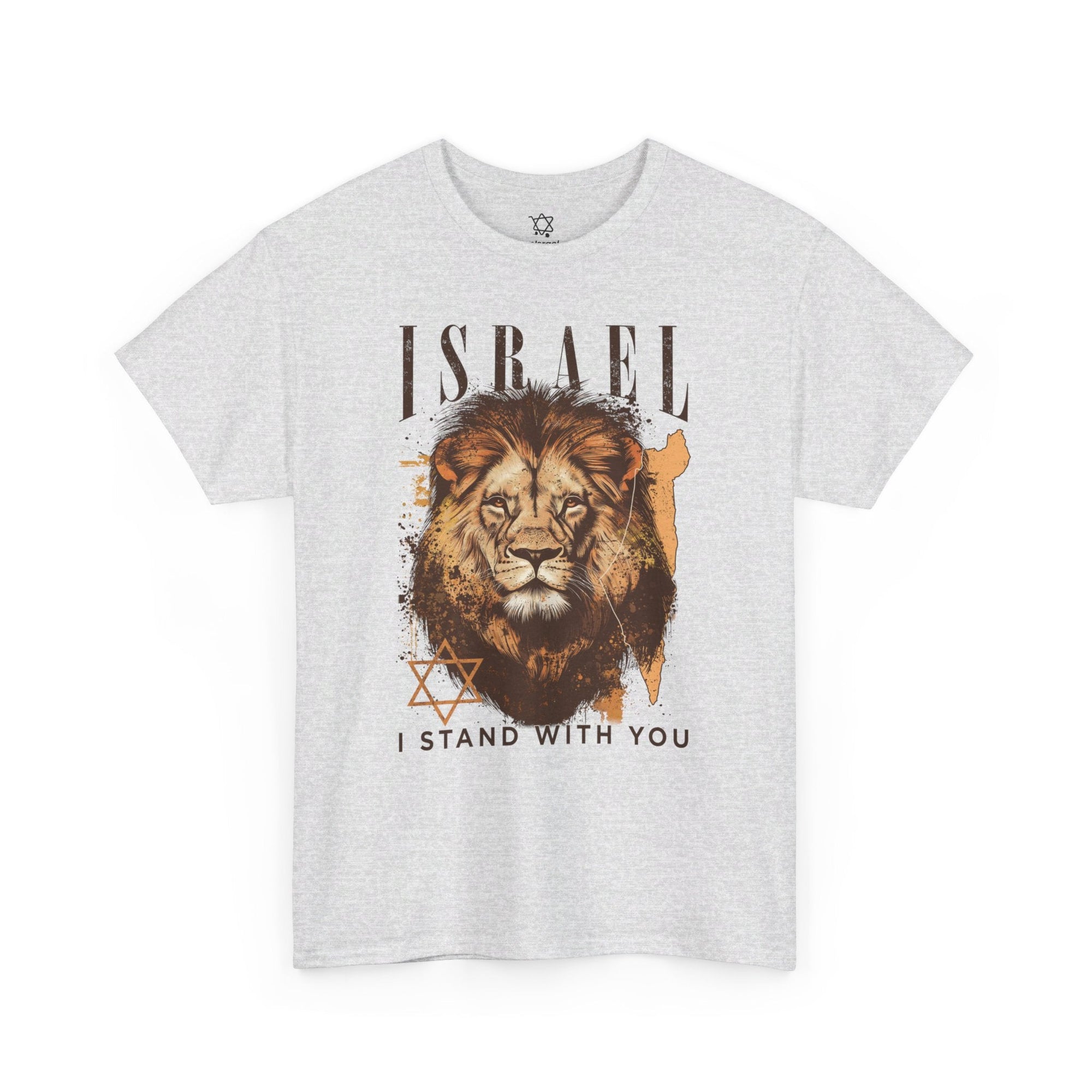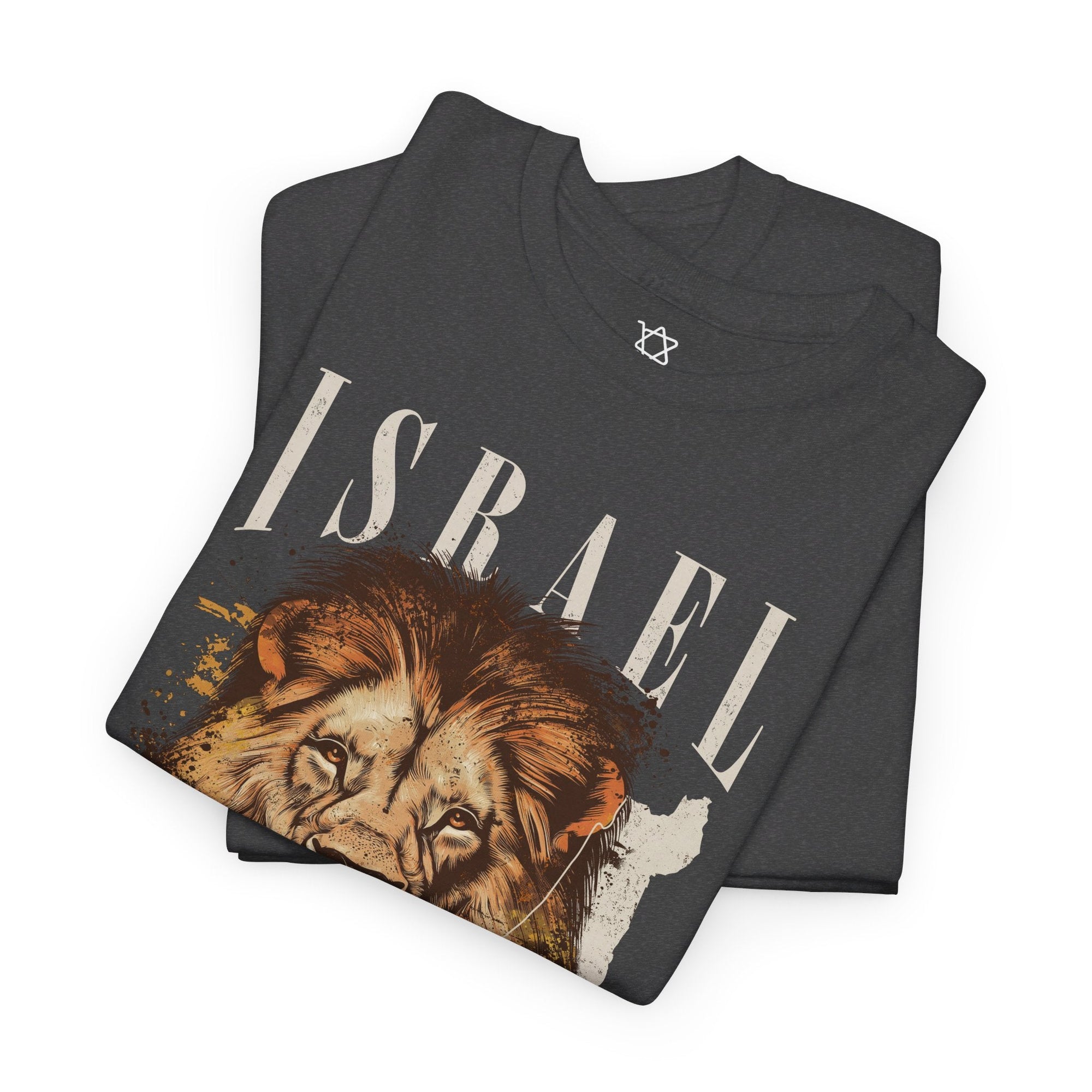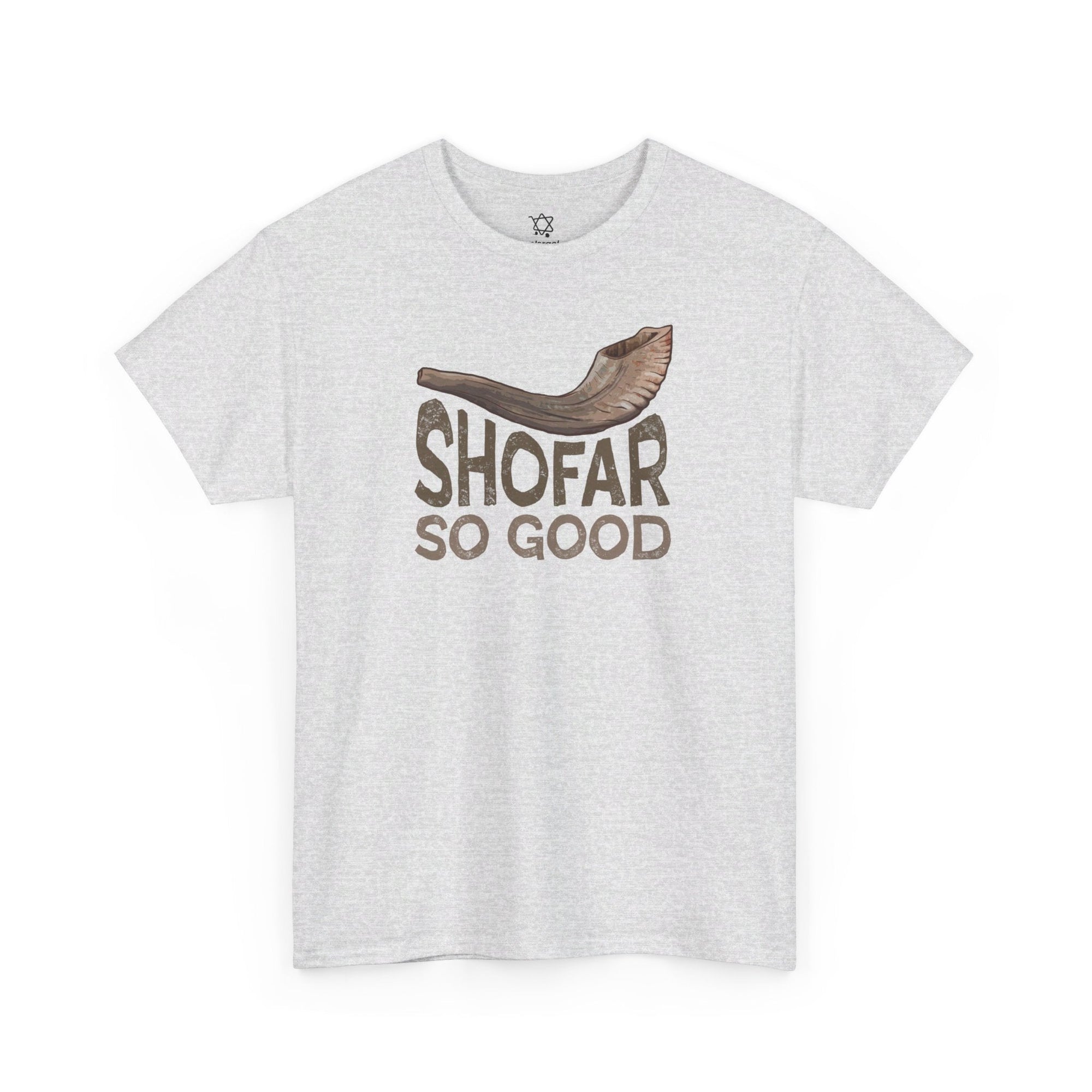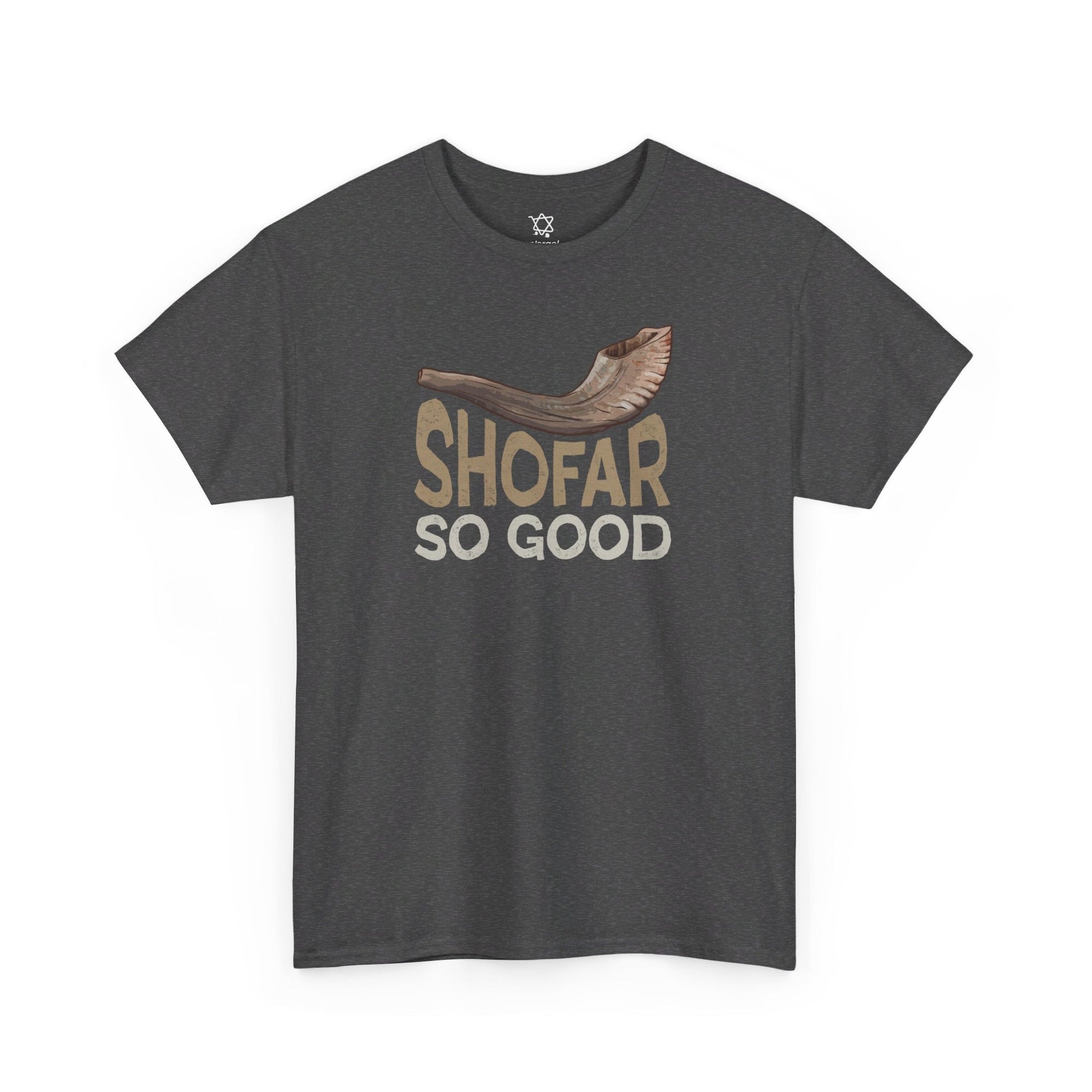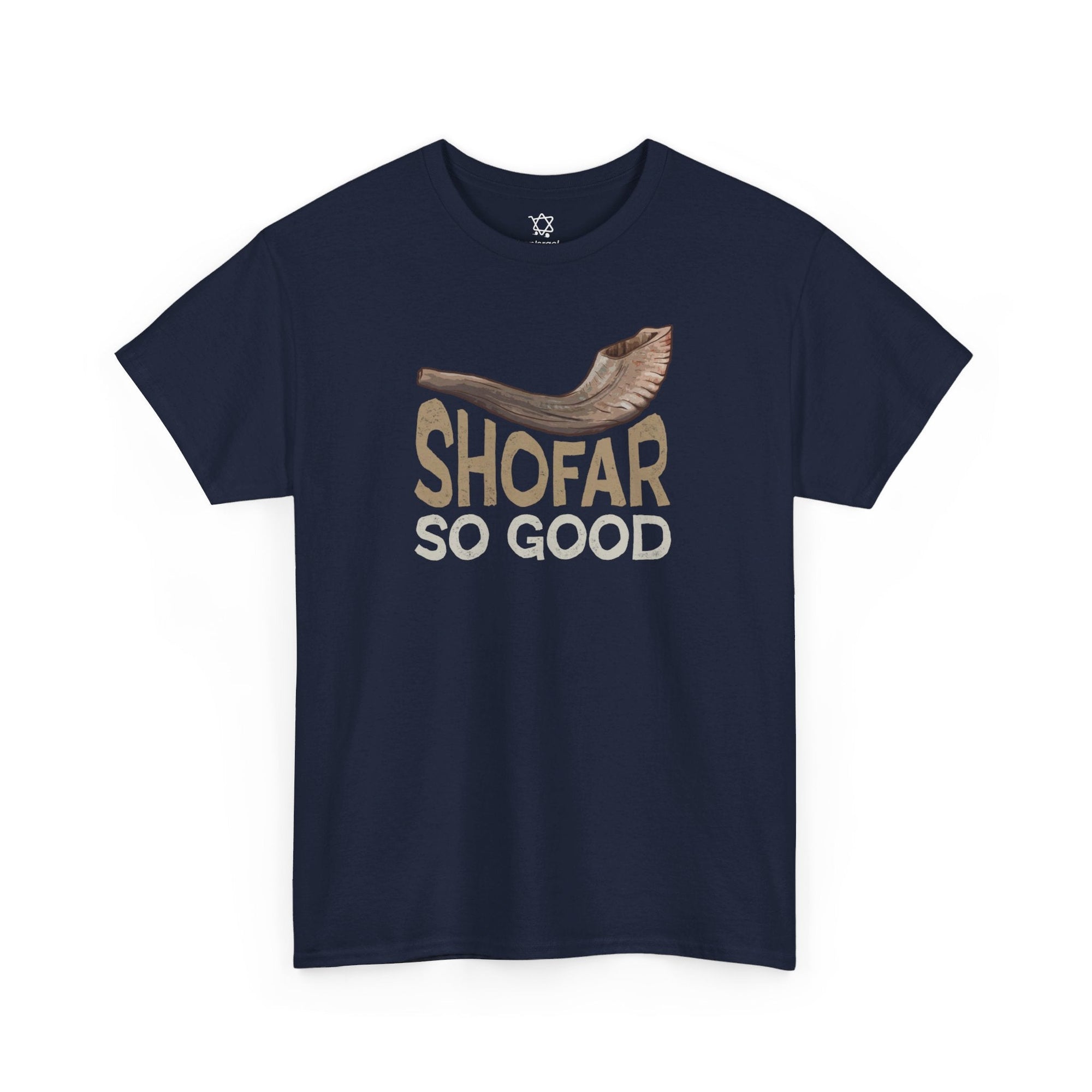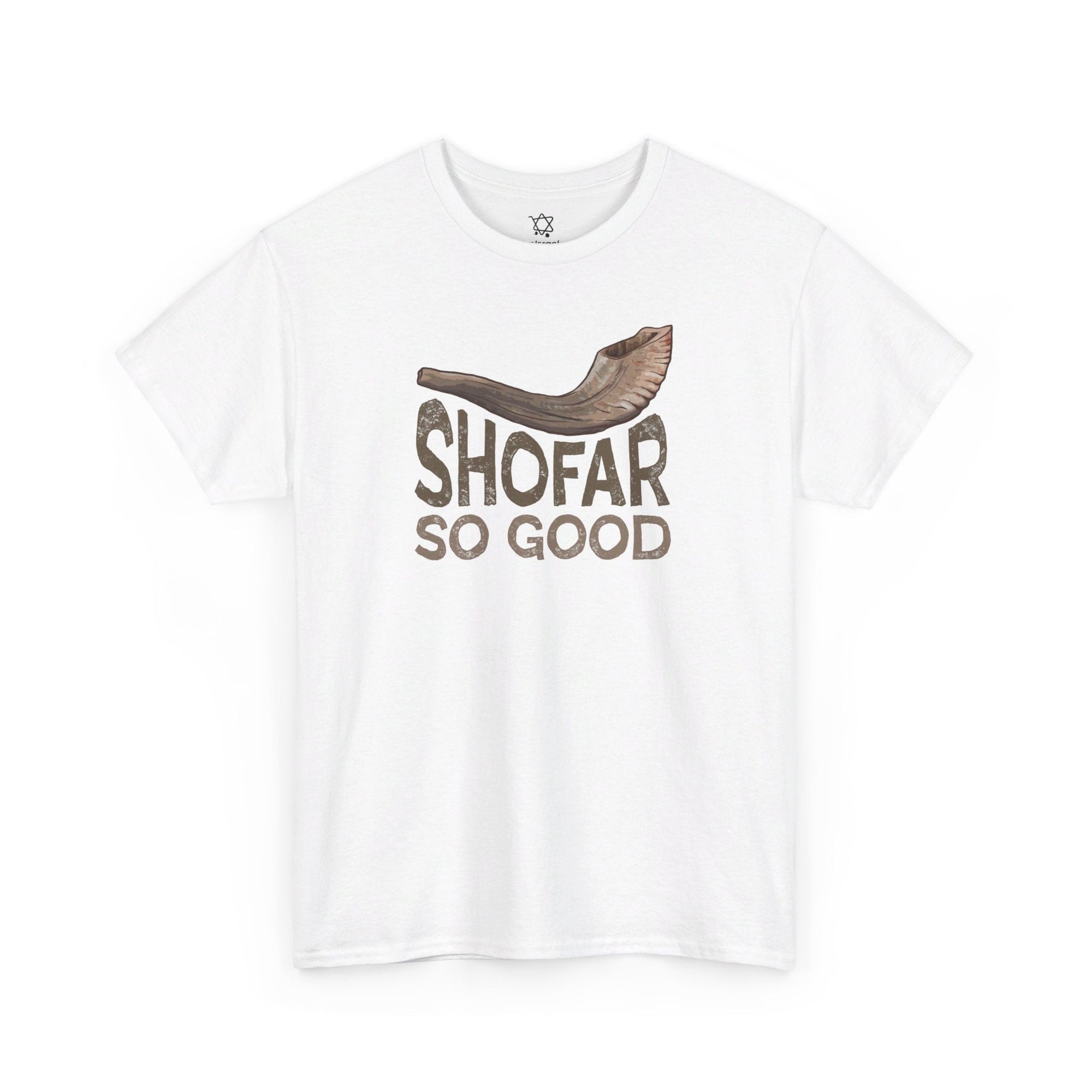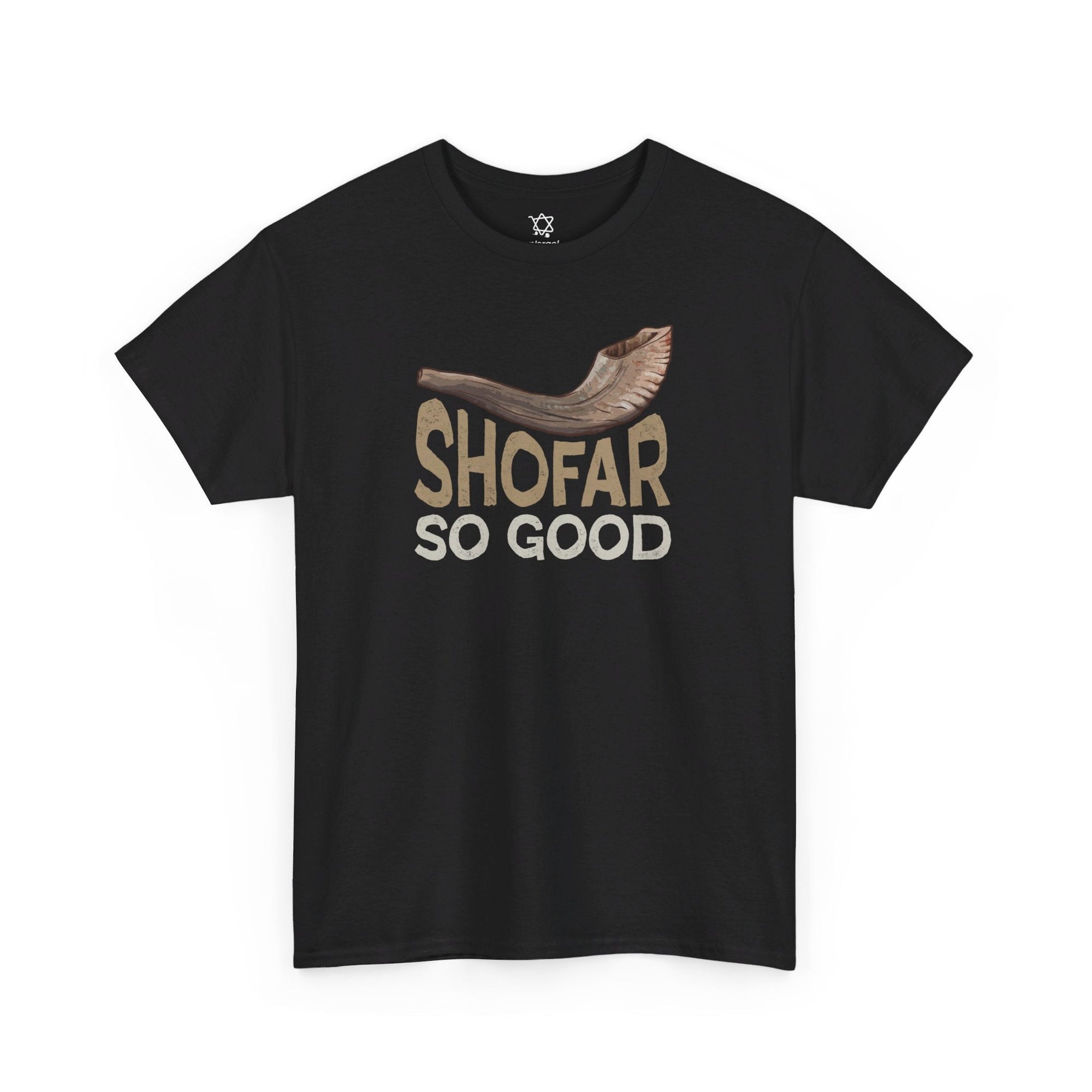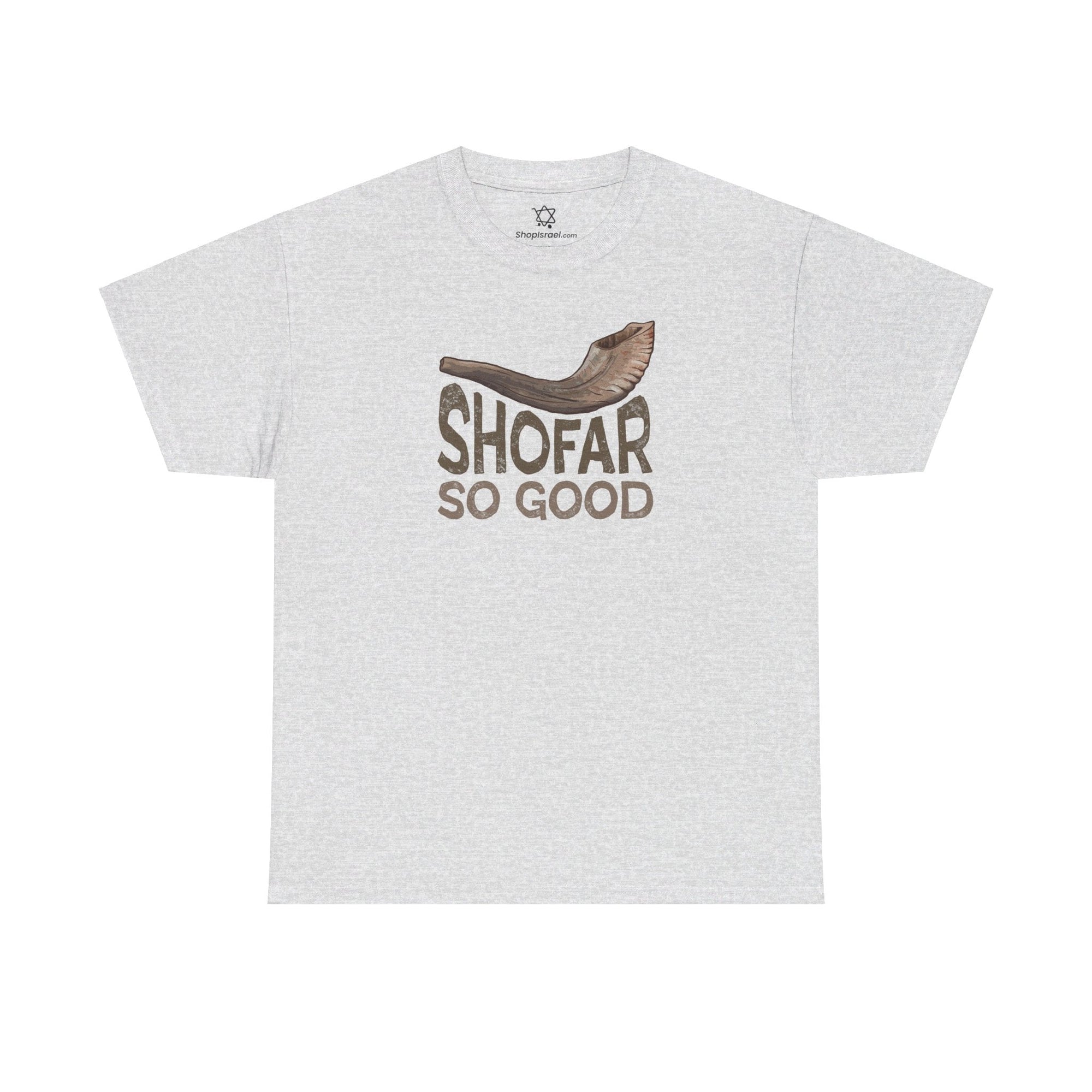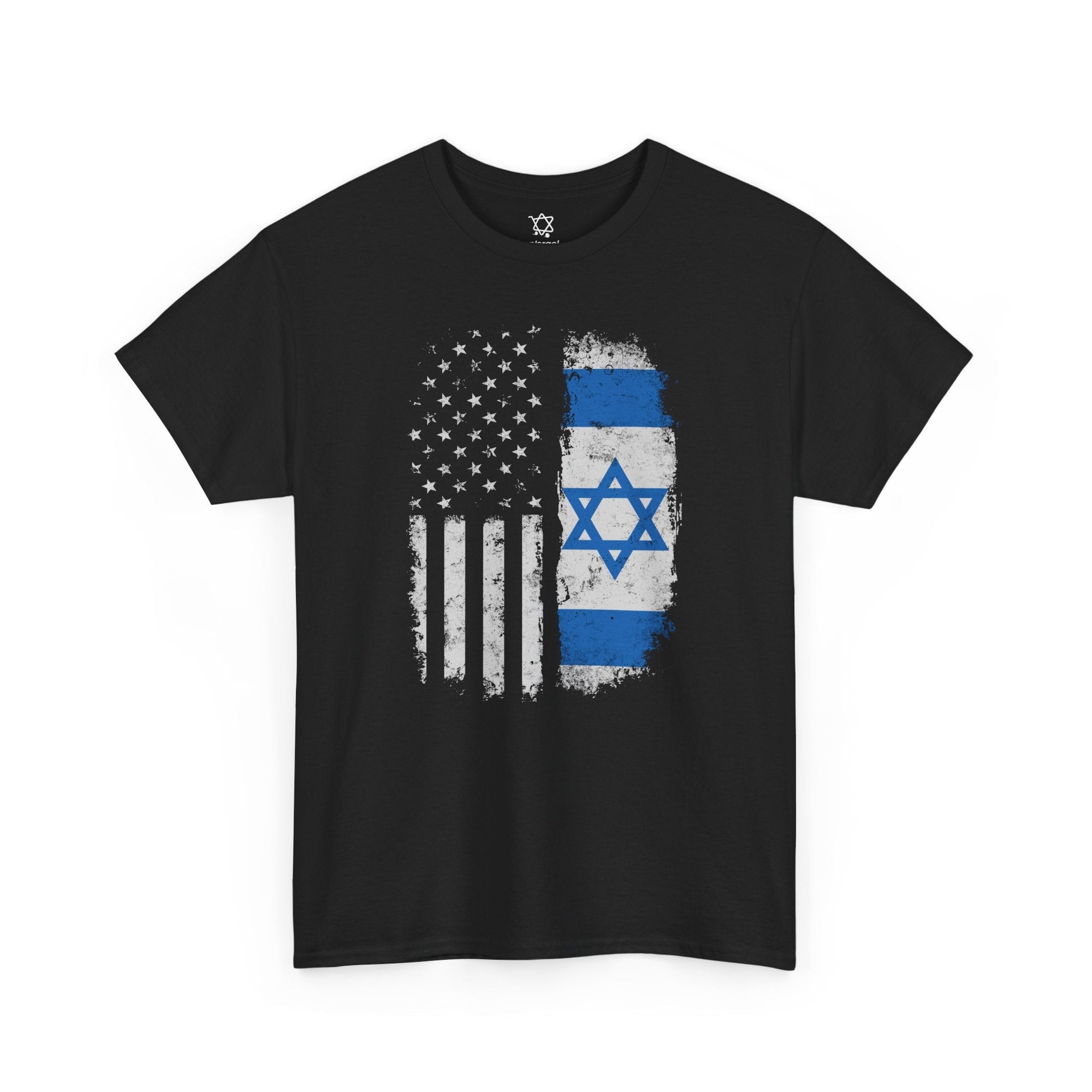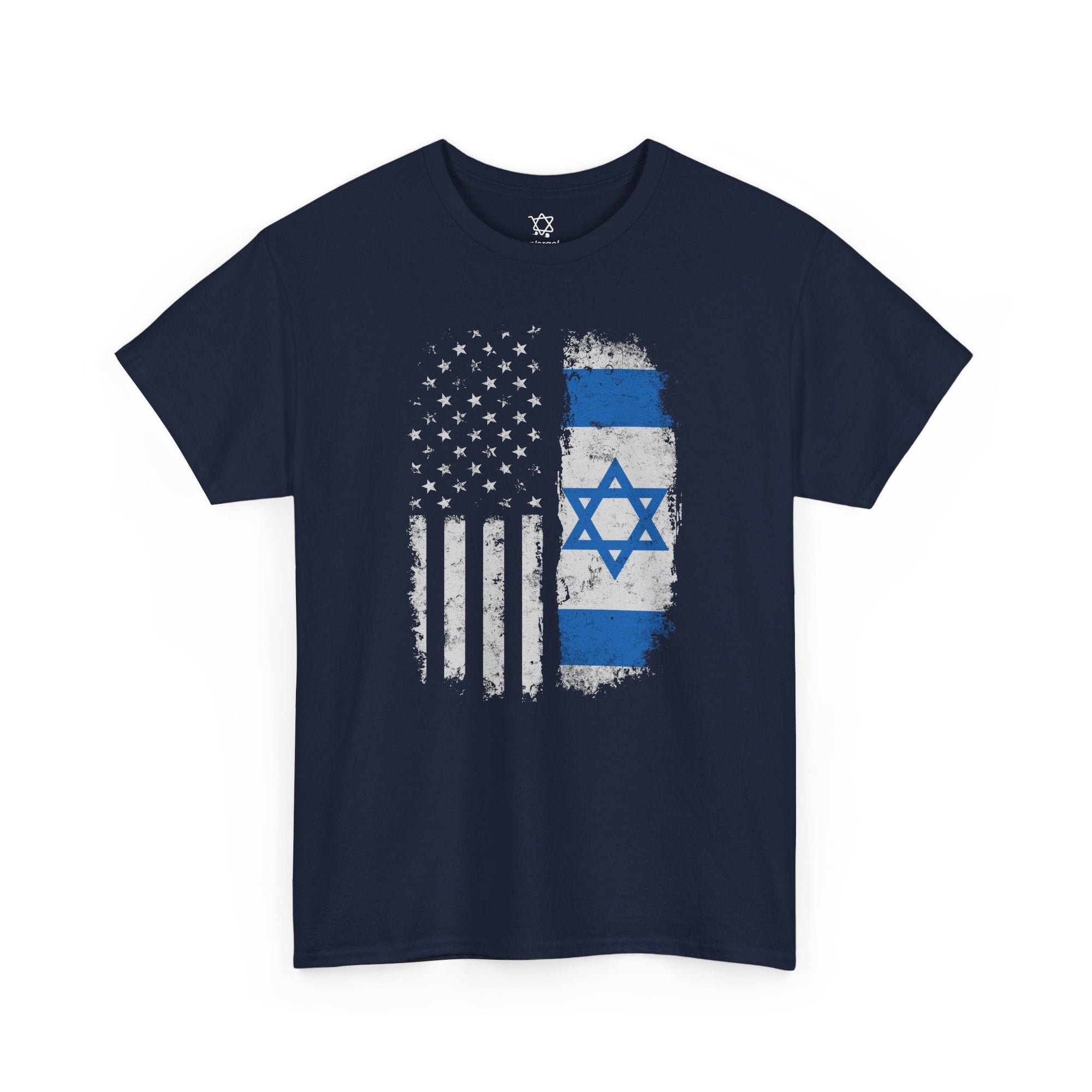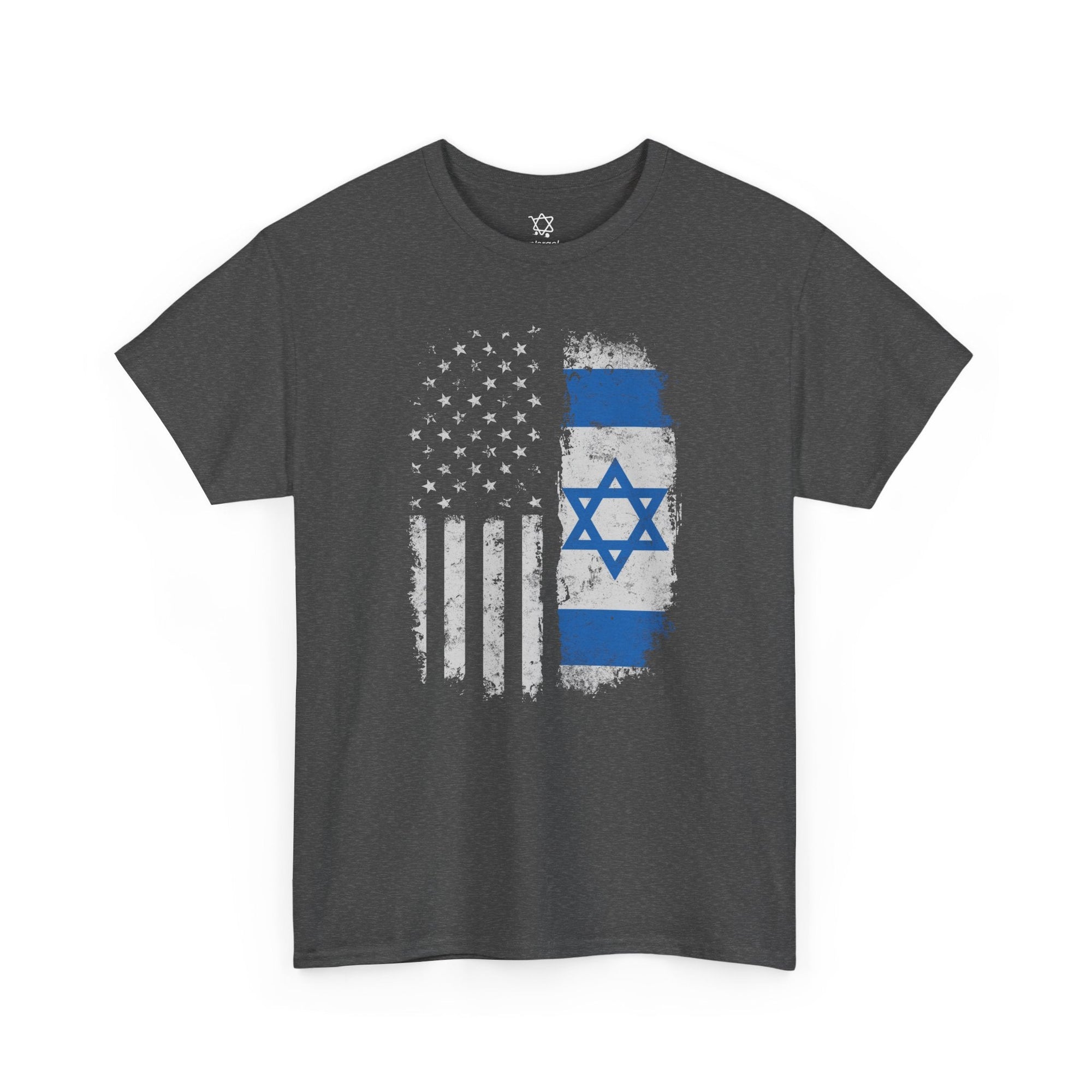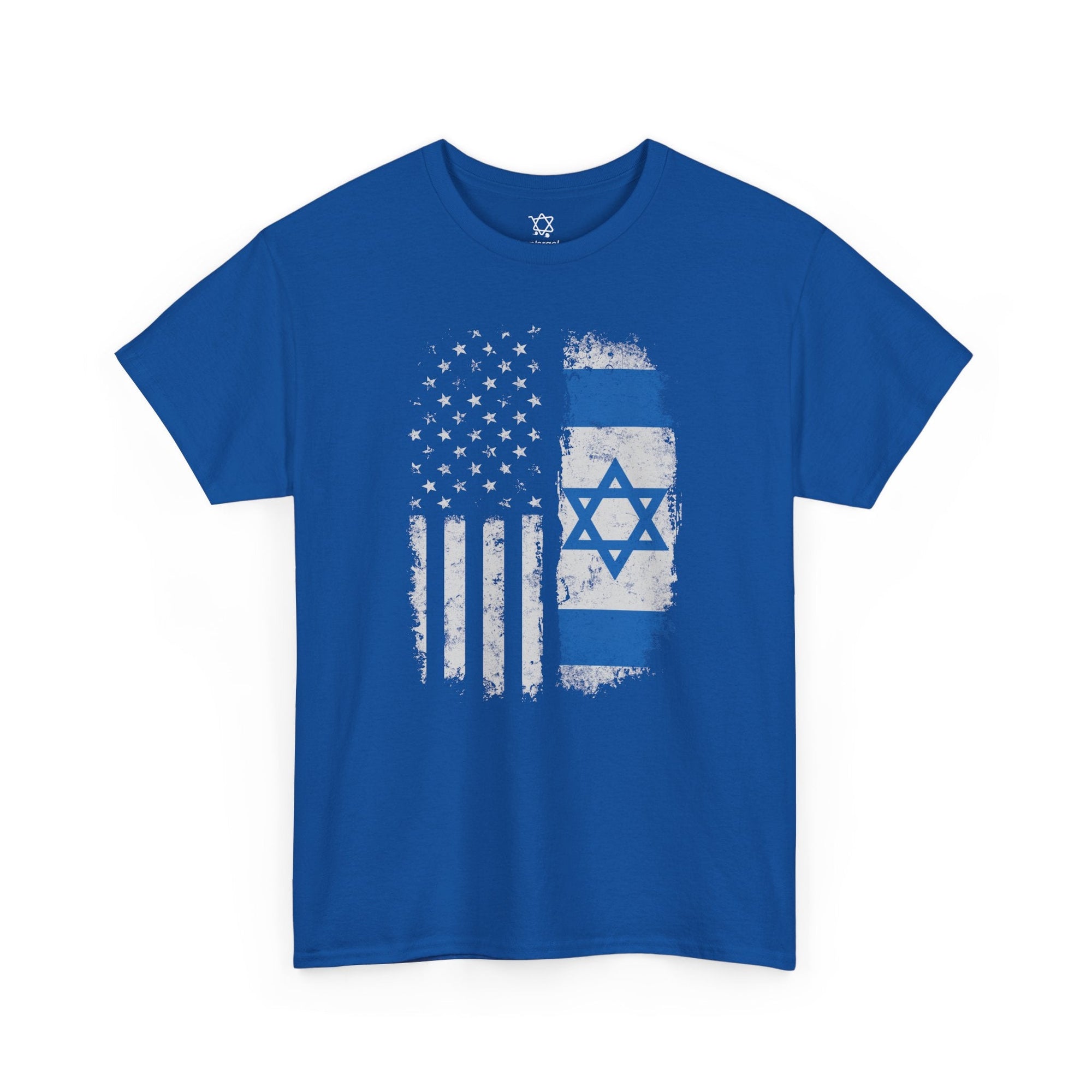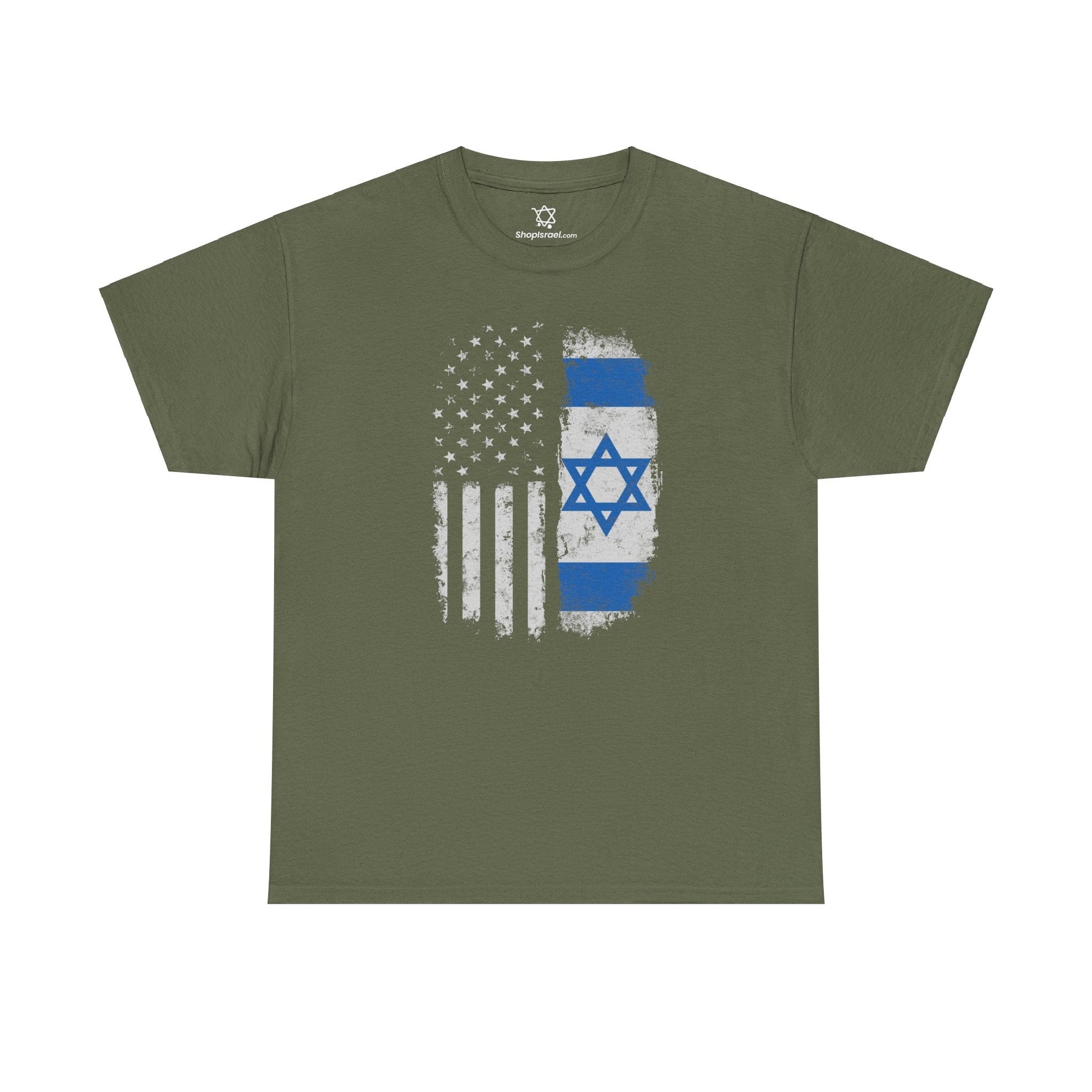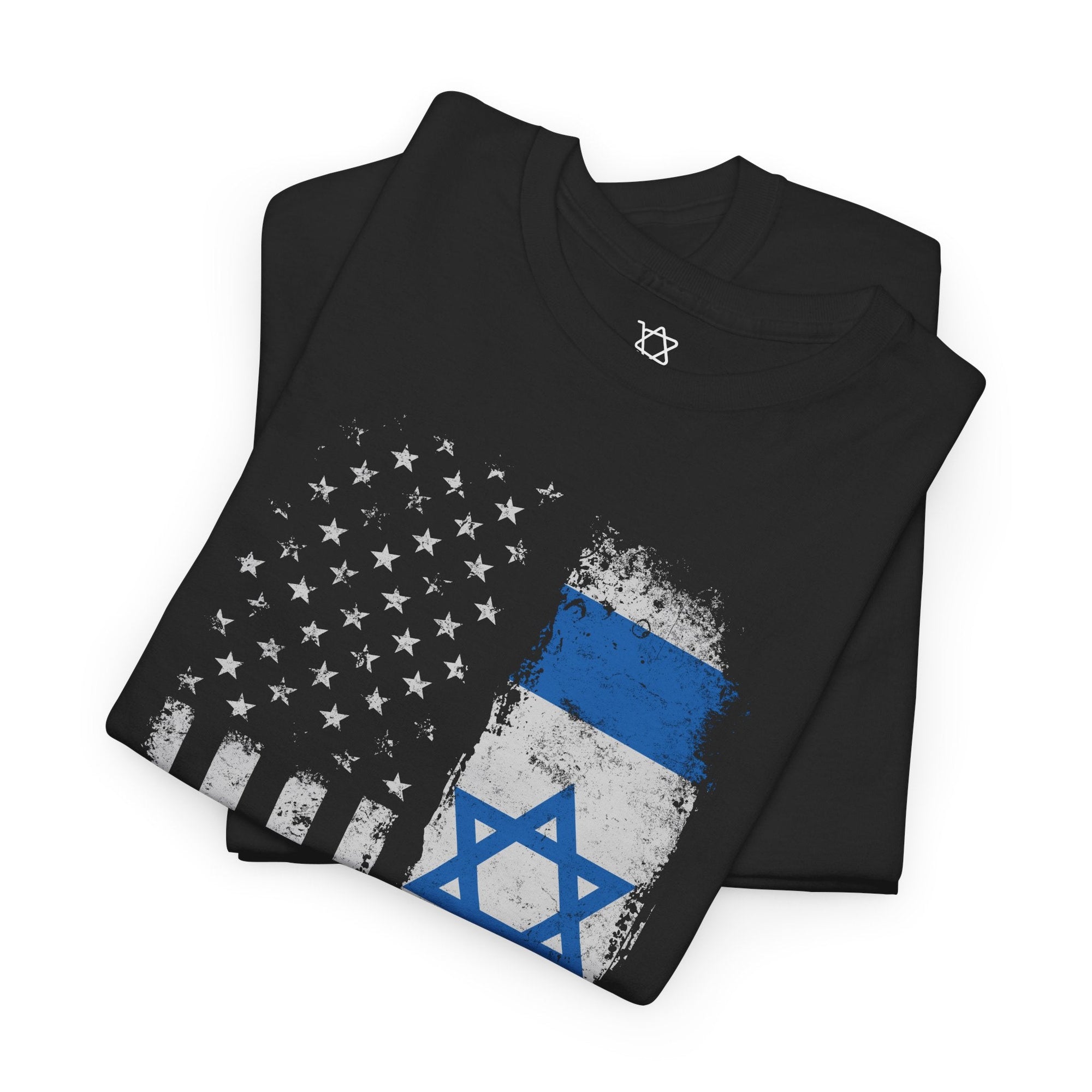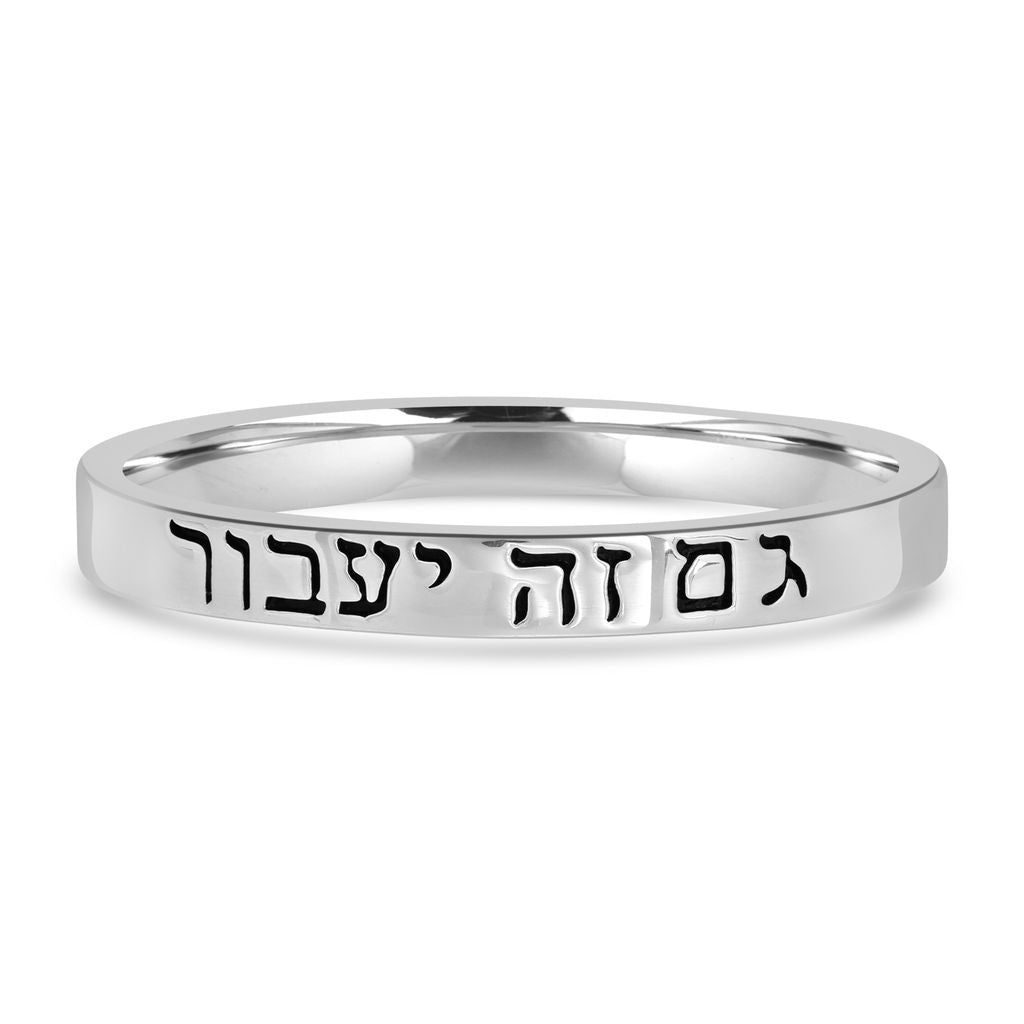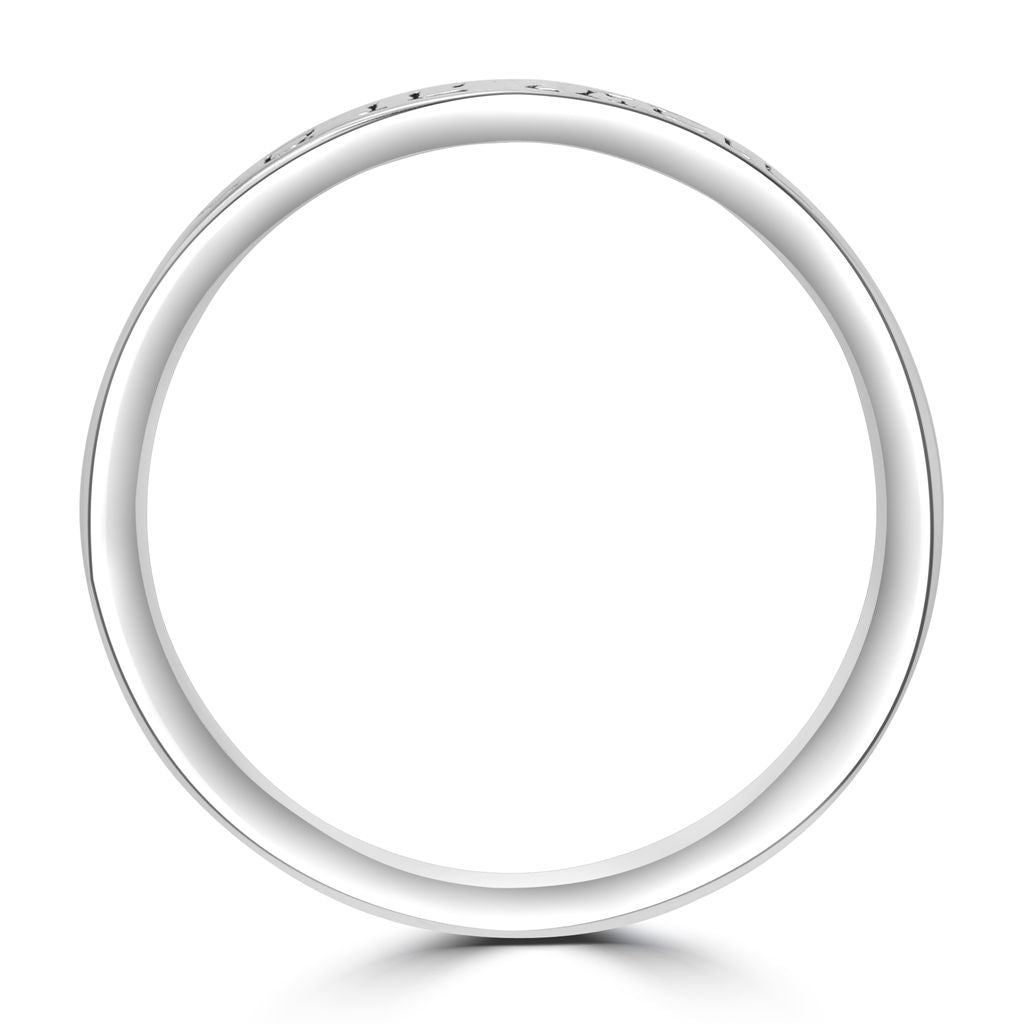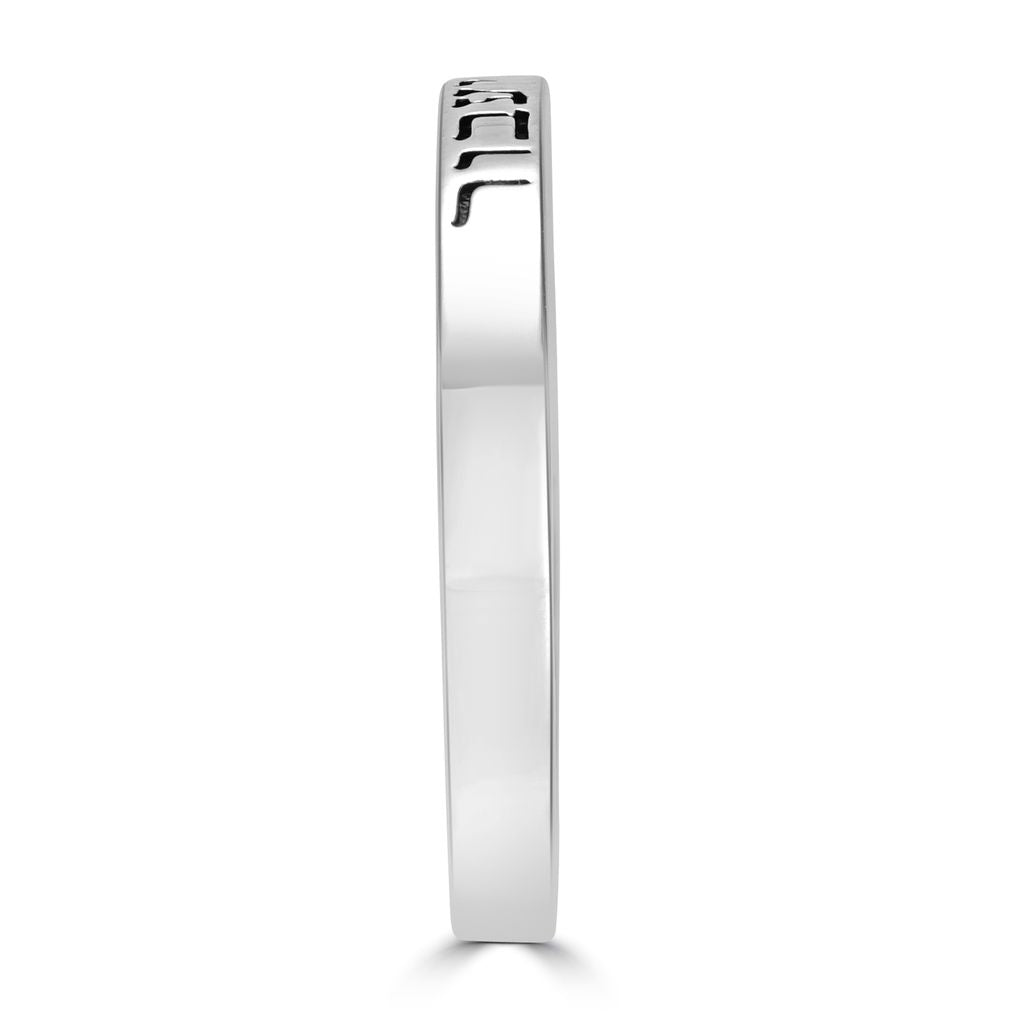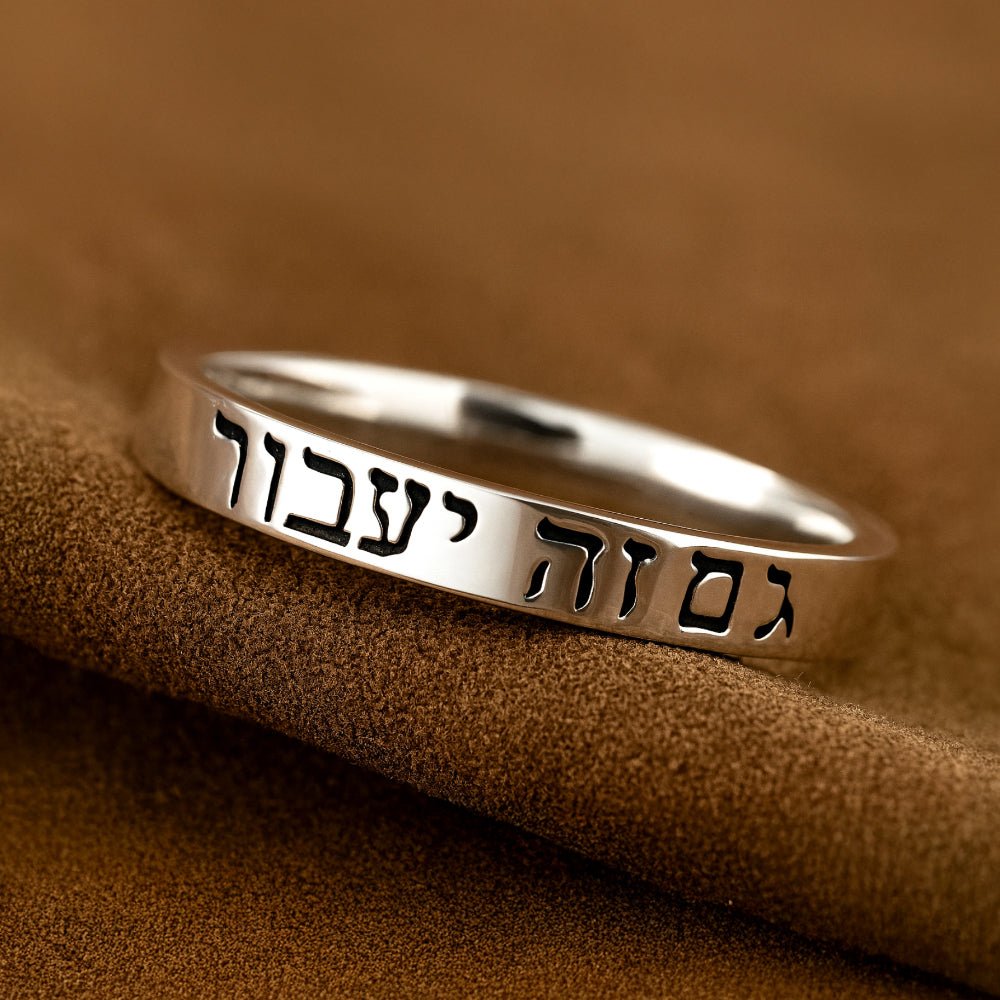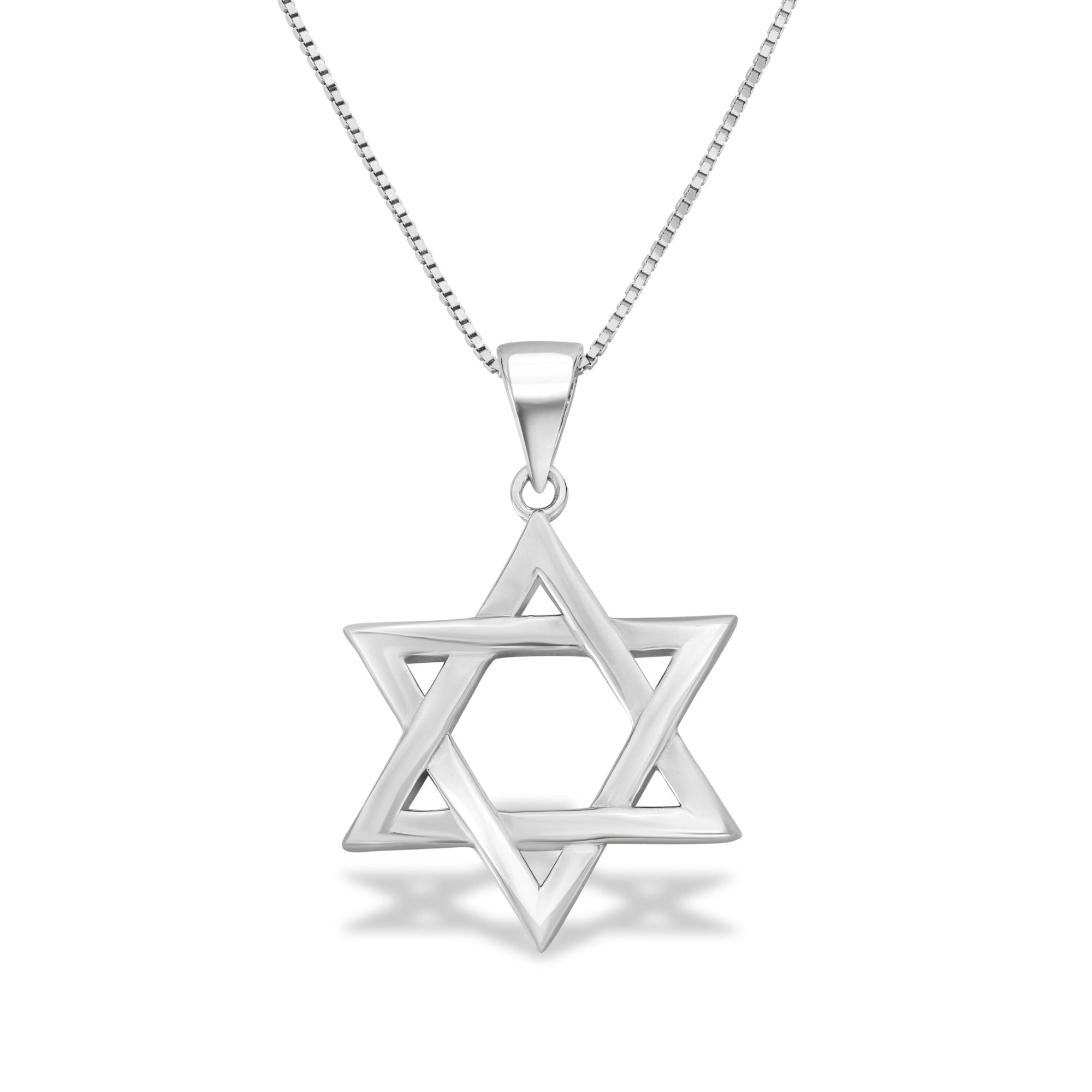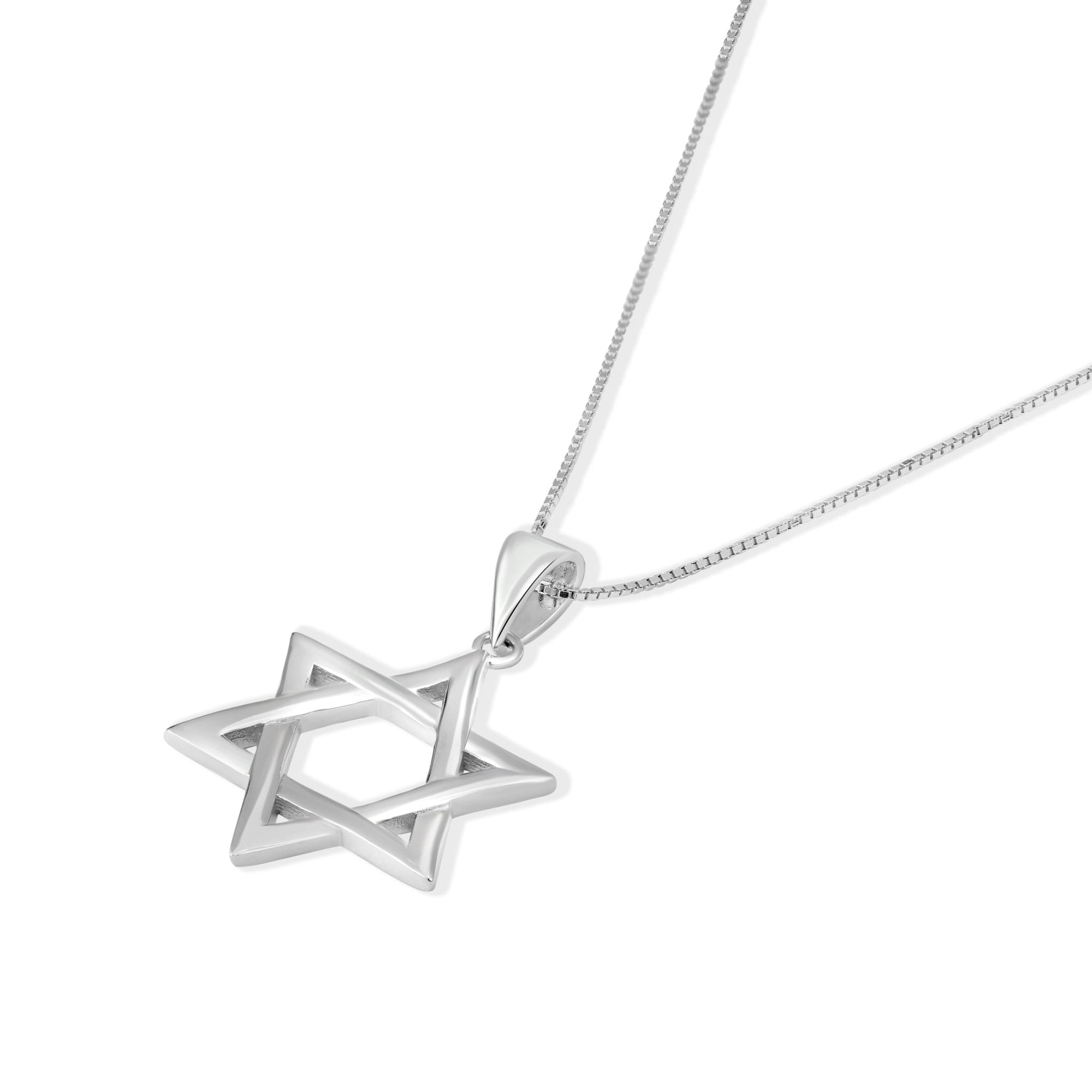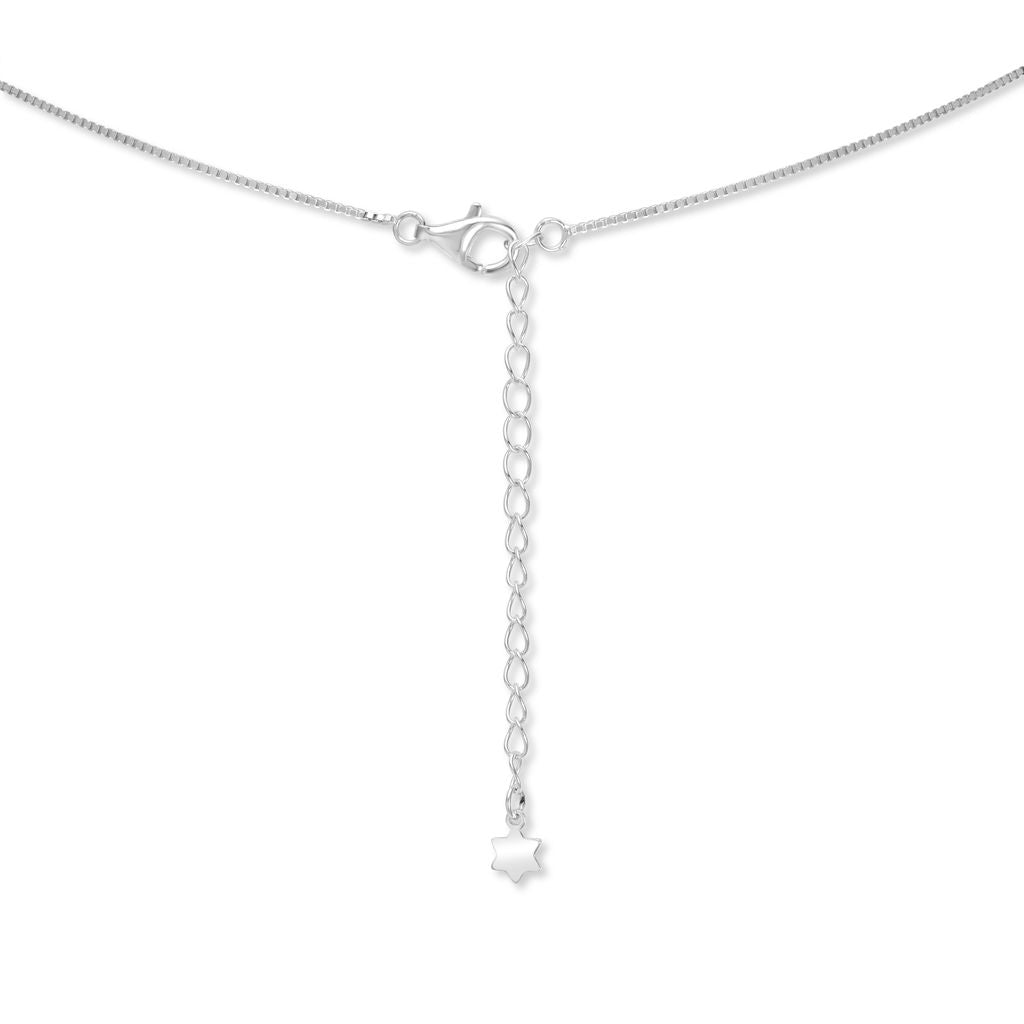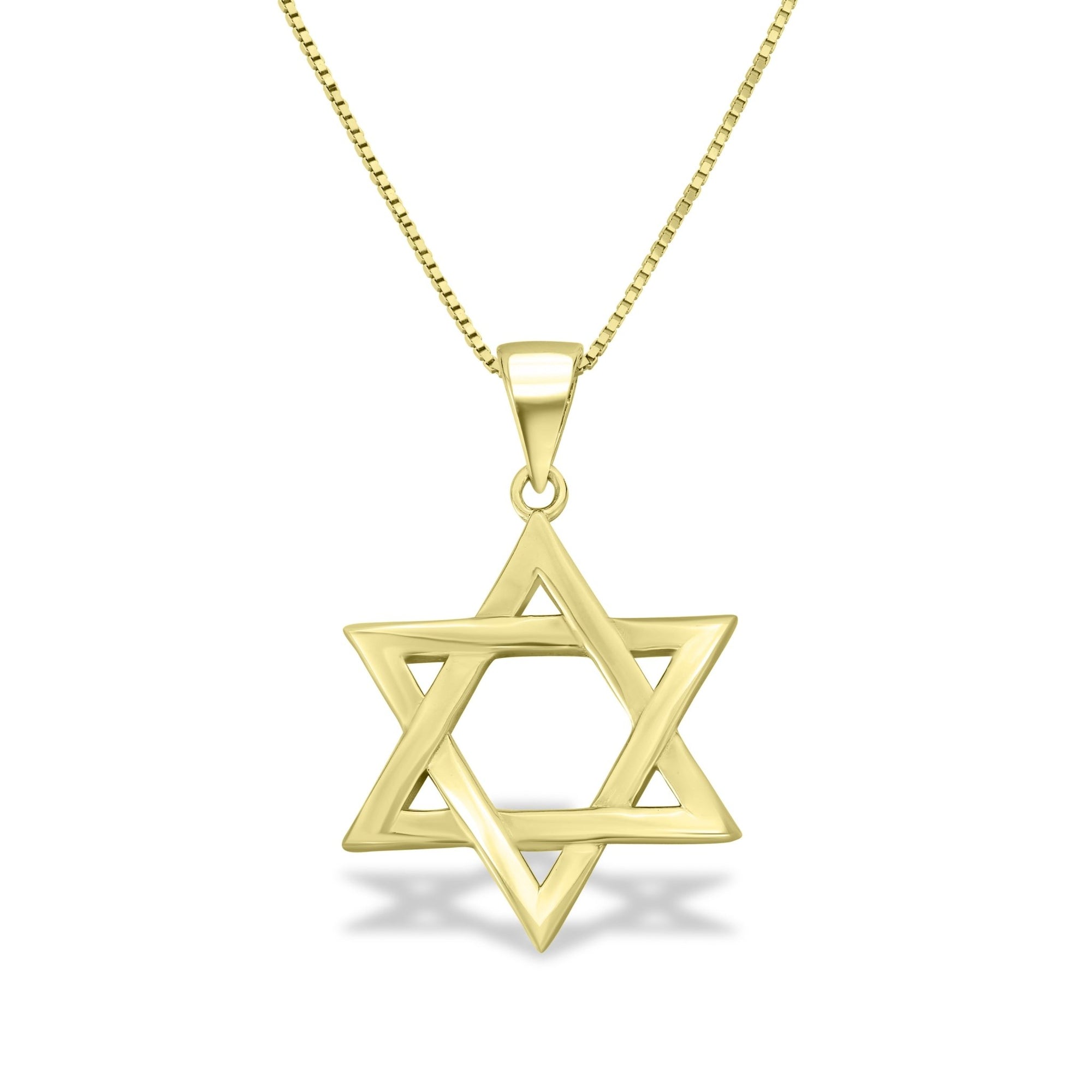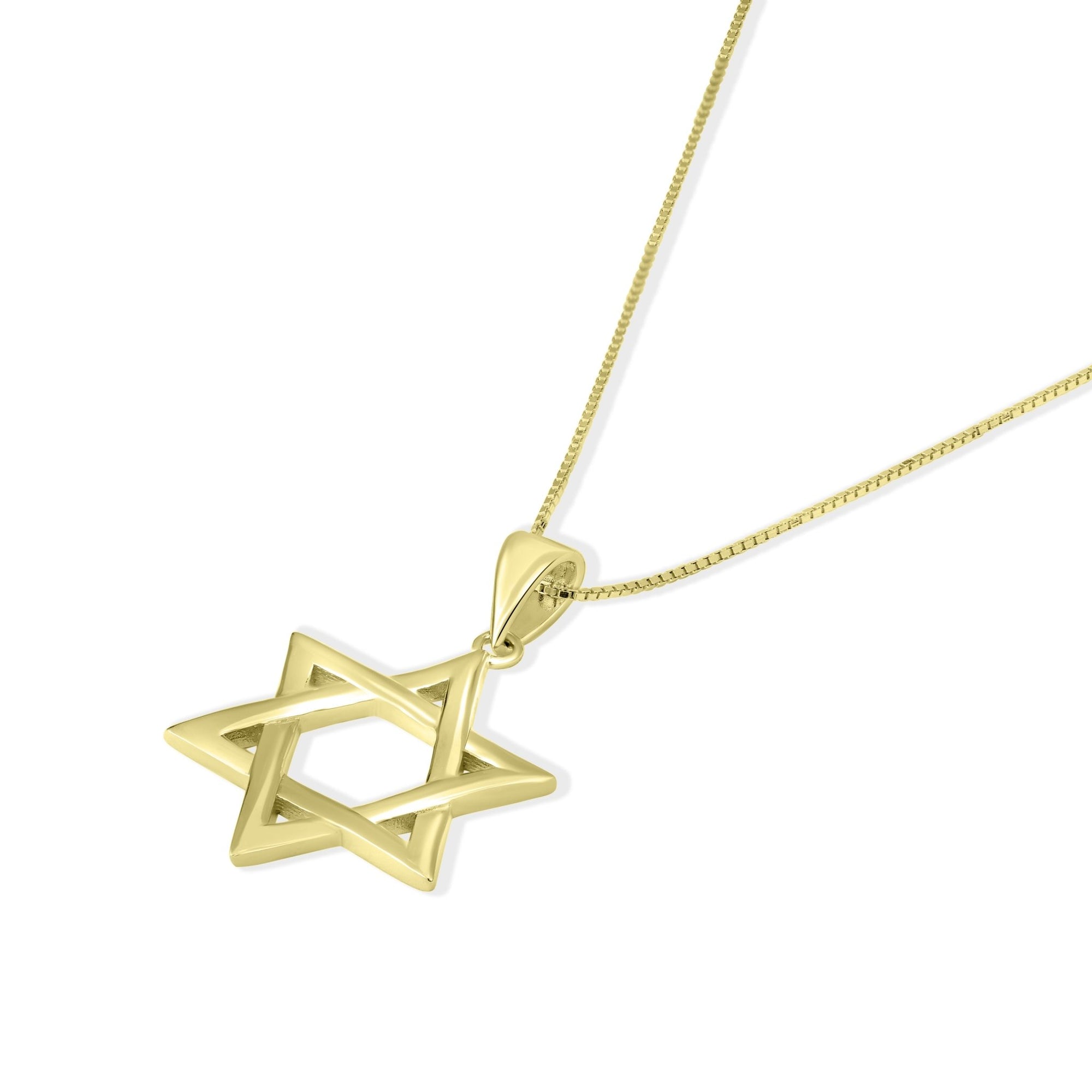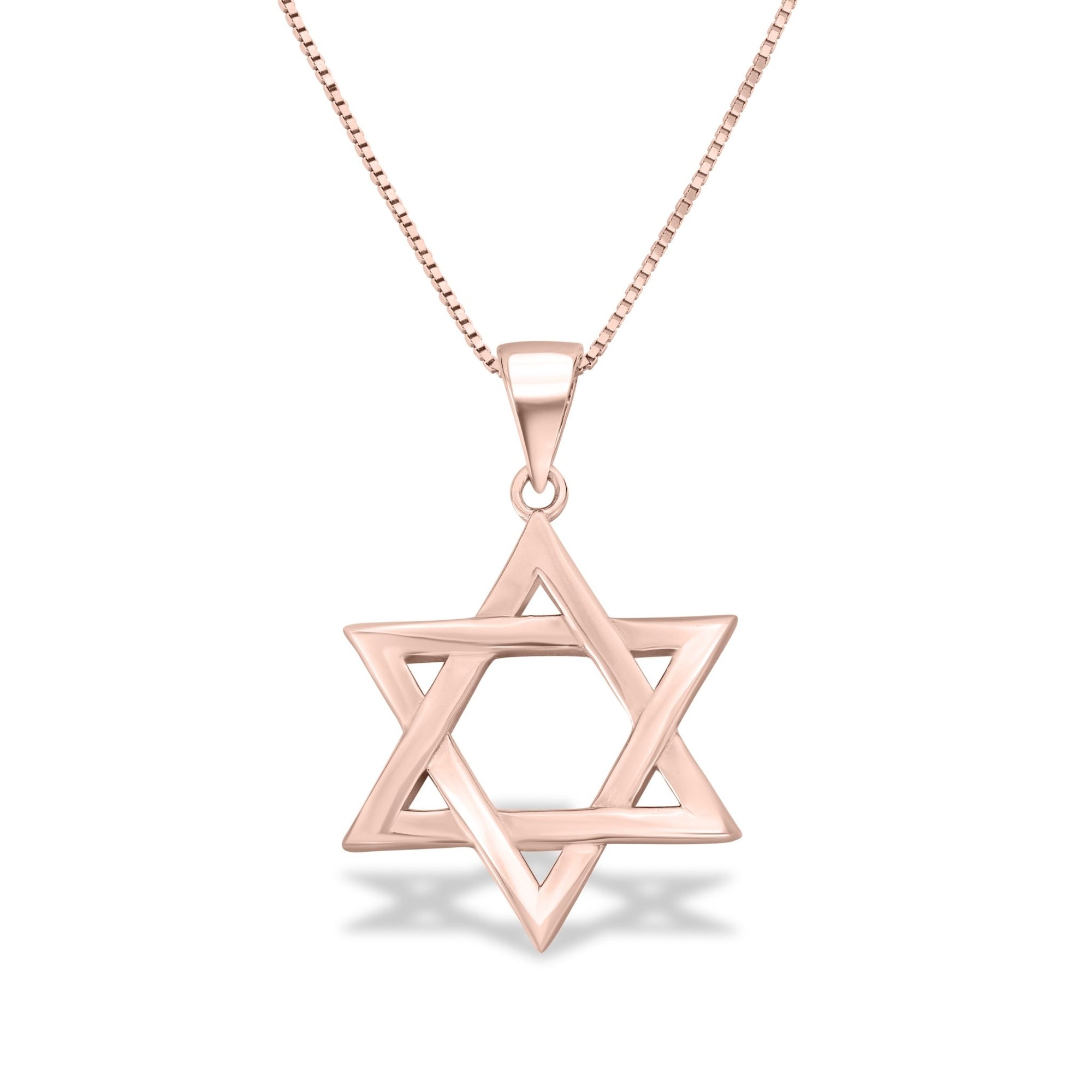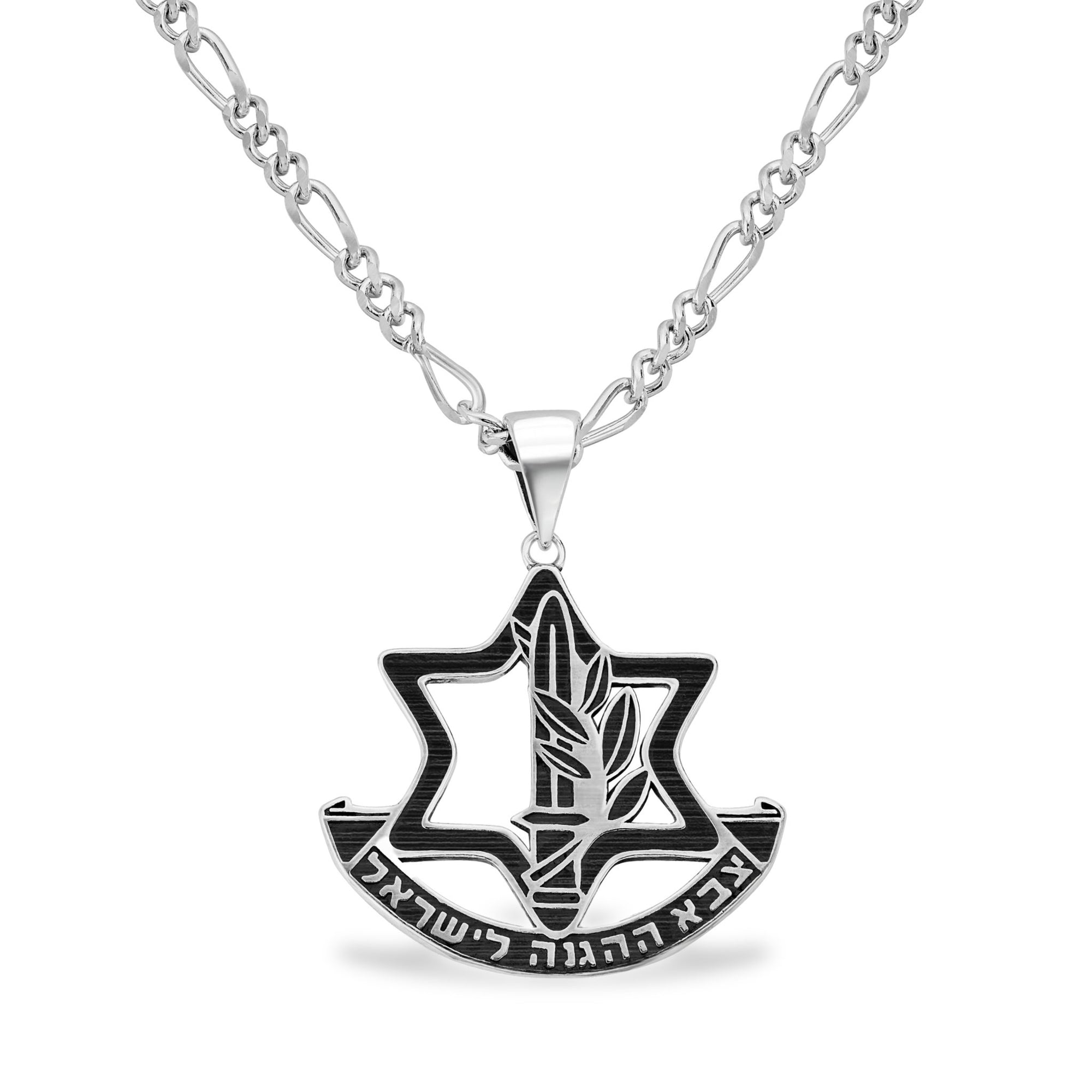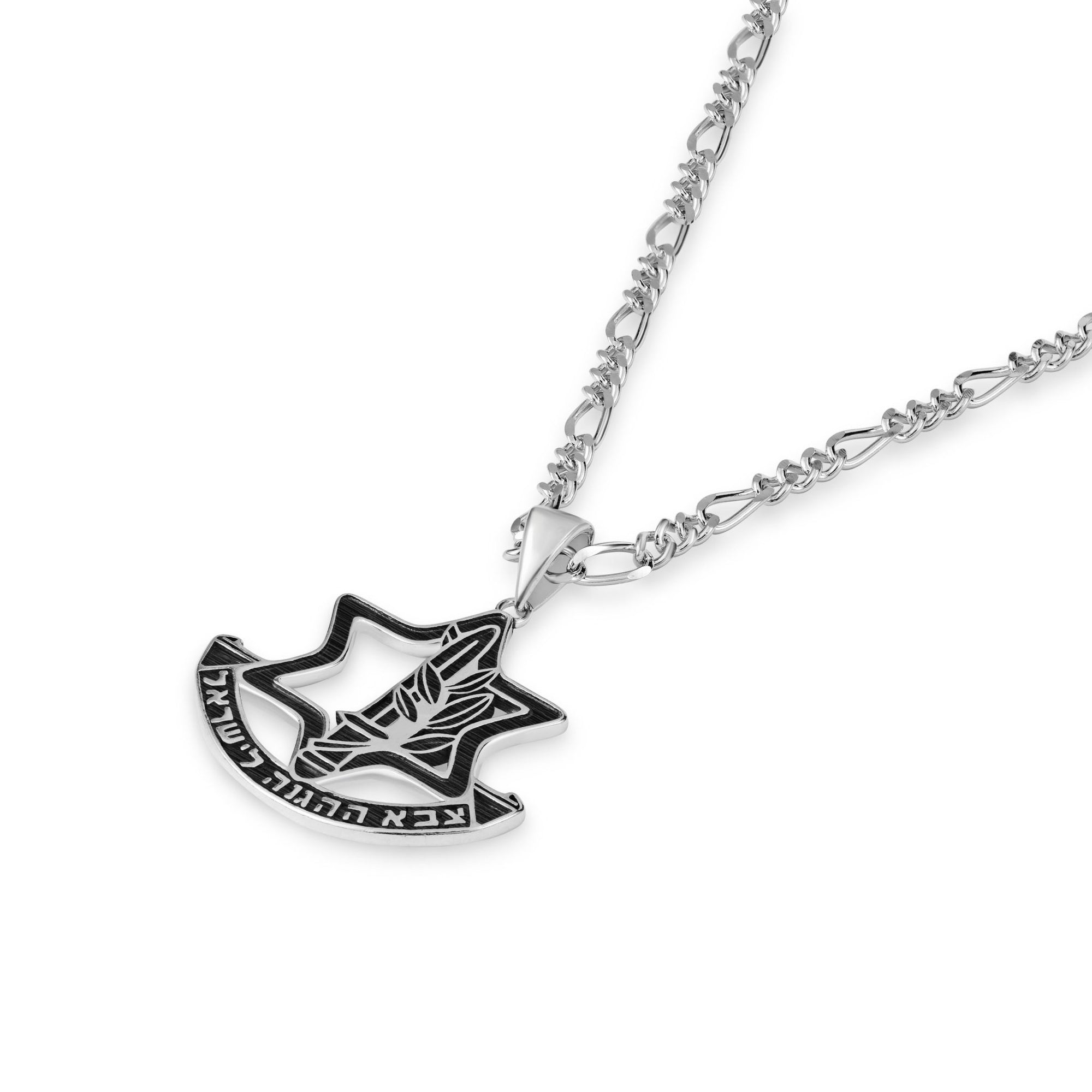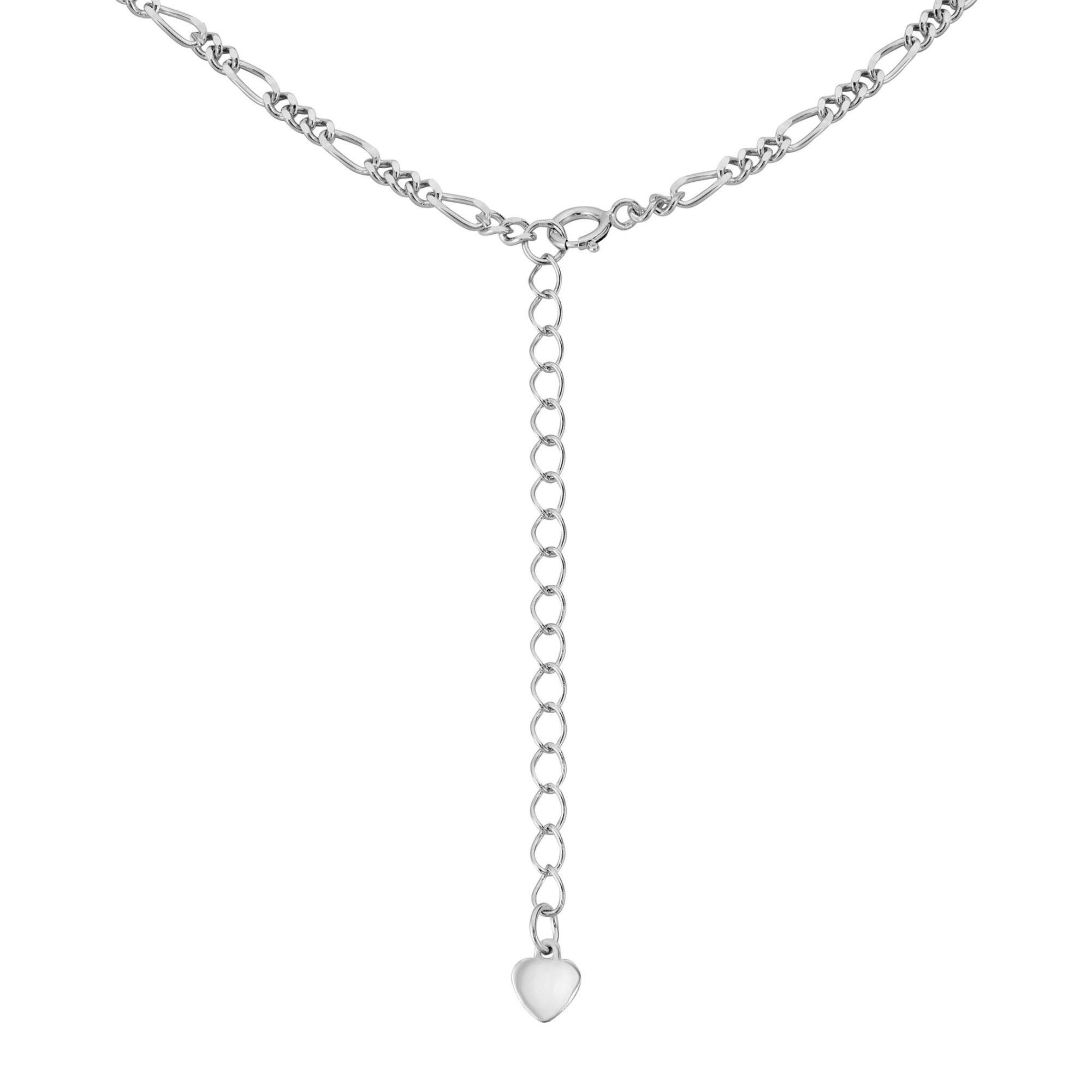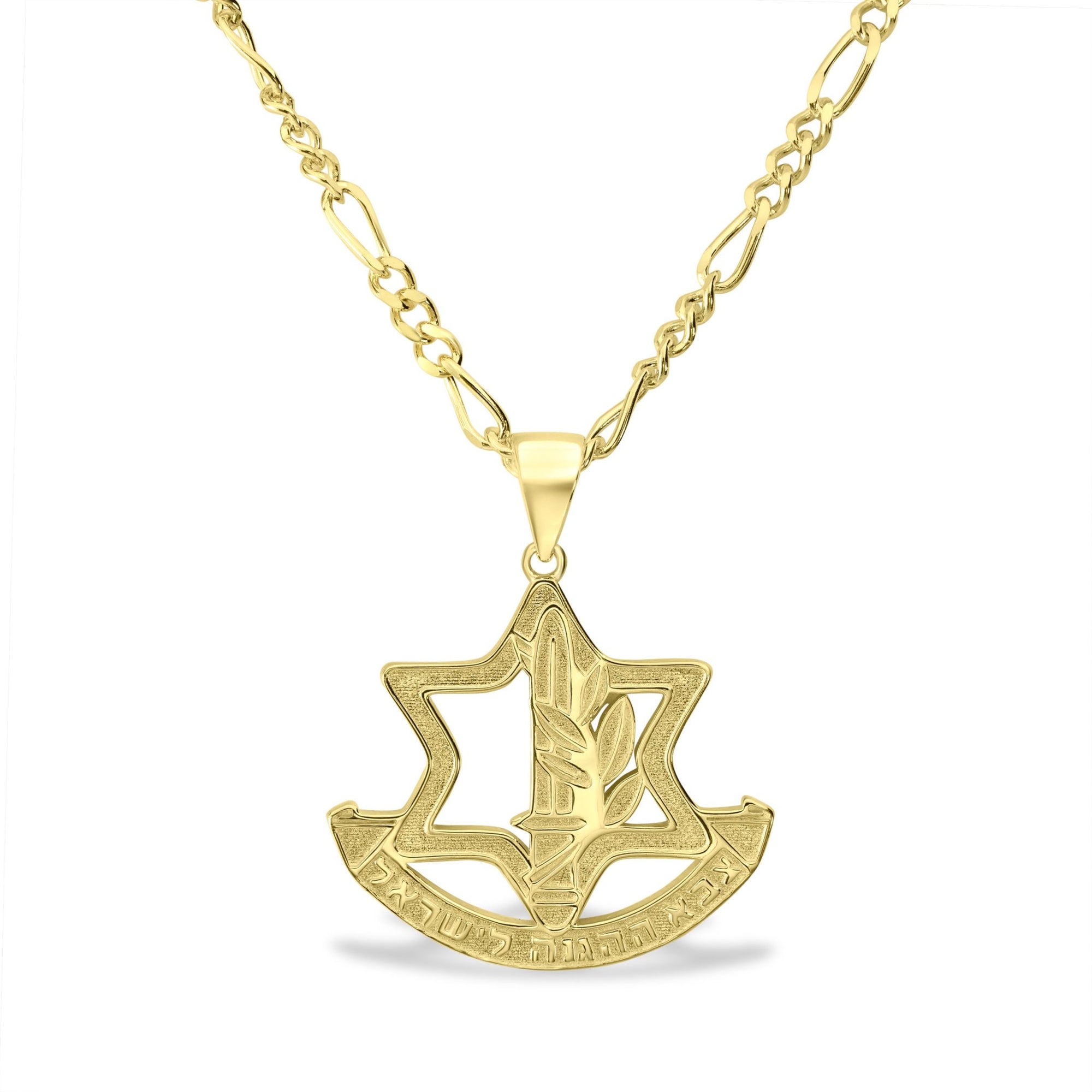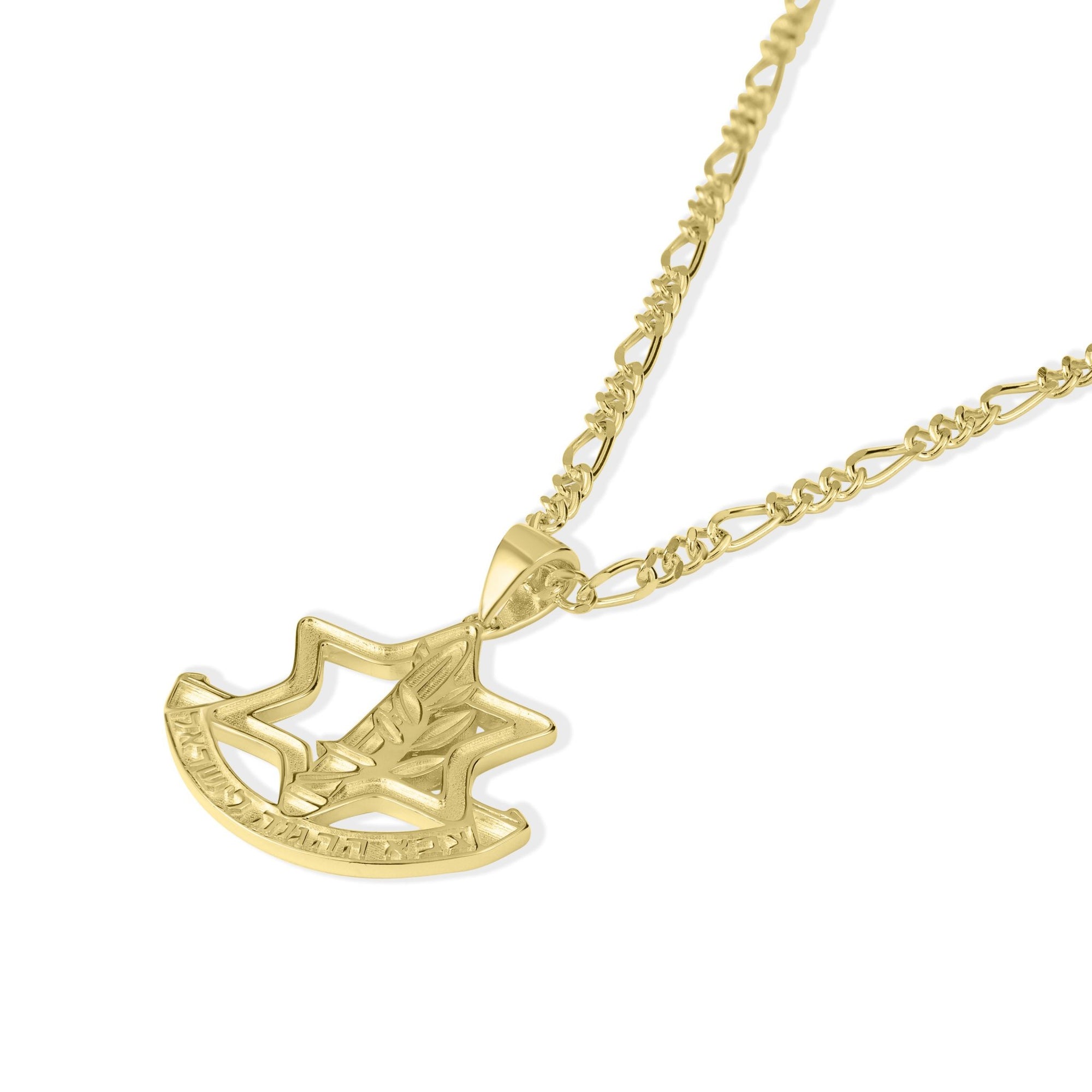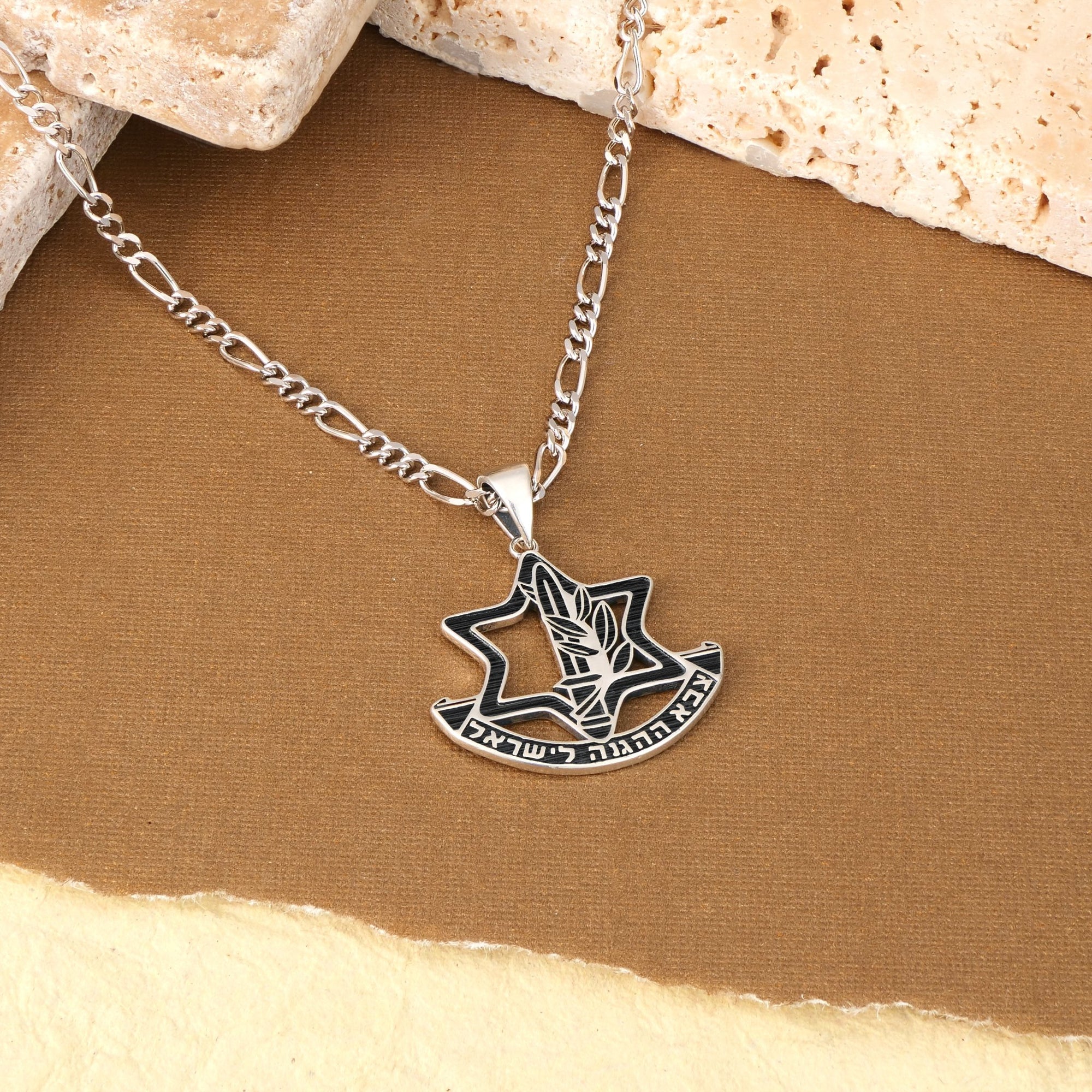Introduction to the Shofar’s Legacy and Cultural Significance
The shofar, an ancient ram's horn trumpet, has resonated through millennia as a potent symbol in Jewish religious and cultural life. From its biblical origins at Mount Sinai to its central role in High Holiday rituals, the shofar embodies themes of spiritual awakening, repentance, and divine sovereignty. Today, the deep heritage of the shofar is not only preserved through religious practice but also explored and celebrated via vibrant merchandise. This article delves into the rich traditions surrounding the shofar and highlights how its heritage is reflected and promoted through a diverse array of handcrafted and kosher-certified products that keep its spiritual resonance alive in contemporary Jewish life.
Historical and Religious Foundations of the Shofar
Biblical origins of the shofar
The shofar's origins trace back to Mount Sinai, where the blast of this ram's horn accompanied the divine revelation of the Ten Commandments. This association with the Sinai event establishes the shofar as a sacred instrument linked with moments of awe and divine encounter. It is commanded in the Torah, specifically in Leviticus 23:24, to be sounded during the Jewish New Year, Rosh Hashanah, as a "memorial of blowing."
Significance in Jewish holidays such as Rosh Hashanah and Yom Kippur
The shofar plays a central role in Jewish High Holidays. During Rosh Hashanah, it is sounded during the Musaf service following a precise sequence of blasts. On Yom Kippur, the shofar traditionally signals the conclusion of the fast, symbolizing spiritual renewal. The month of Elul preceding Rosh Hashanah features daily shofar blowing as a call to repentance and preparation for the Days of Awe.
Symbolic meanings including Sinai Revelation, Binding of Isaac, and spiritual awakening
The shofar serves many symbolic purposes. Beyond its link with Sinai, it recalls the Binding of Isaac, as the horn of the ram sacrificed in Isaac's stead, symbolizing faith and divine mercy. Its blasts also evoke humility before God's majesty, stir the conscience during the Ten Days of Repentance, and recall loss from the destruction of the Temple. It functions as a spiritual alarm awakening the soul for renewal and self-examination.
Traditional shofar blasts and their spiritual messages
Three primary shofar sounds—Tekiah, Shevarim, and Teruah—express a spectrum of spiritual emotions:
- Tekiah: A long, clear, and straight blast heralding God's kingship and divine coronation.
- Shevarim: Three medium-length wailing sounds representing human sobbing and yearning for connection.
- Teruah: A series of nine quick, staccato blasts serving as an urgent alarm awakening listeners from spiritual slumber.
These sounds are blown in prescribed patterns to fulfill religious commandments, encouraging introspection, repentance, and hope for redemption during the High Holy Days. For more detailed explanation, see the Detailed meanings of Tekiah, Shevarim, and Teruah blasts.
The Craftsmanship and Kosher Standards Behind the Shofar
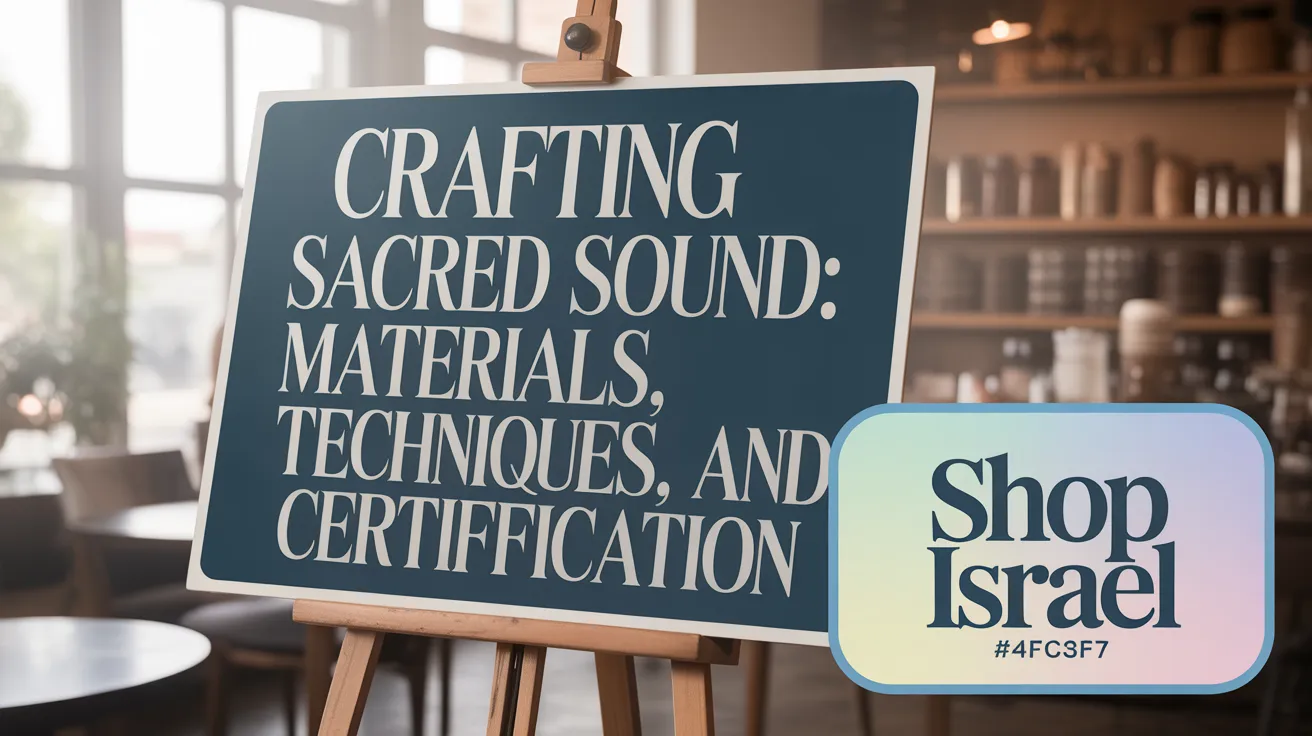
Materials used for shofar-making
The shofar is traditionally made from the horn of kosher animals, primarily rams and kudu. These horns belong to the Bovidae family and must be natural, hollow, and free from flesh or bone. Cows' horns, for example, are not used. The preference for ram's horns reflects spiritual symbolism connected to biblical events such as the Binding of Isaac and the Shofar and the Materials and criteria for kosher certification of shofar.
Artisan techniques and regional variations
Crafting a shofar involves hollowing out the horn, shaping it through heat bending, drilling, and polishing. Skilled artisans, particularly in Israel, perform these steps with expertise to ensure a clear, resonant sound. Various Jewish communities contribute distinct styles, such as the curved ram’s horn popular among Ashkenazi Jews and the majestic Yemenite kudu horn, each creating unique tones and appearances (Shofar designs, Shofar as Ritual Object and Instrument).
Kosher certification and religious compliance
For a shofar to be kosher, it must meet halakhic standards concerning the species of animal, size, and sound quality. The shofar should not be painted or metal-plated, as these can invalidate its ritual use. Each certified kosher shofar typically comes with rabbinical certificates verifying compliance with religious requirements. The blowing must be from a natural instrument using human breath to fulfill traditional commandments (Shofar history and tradition, Kosher Shofars for Sale).
Practical care and maintenance for the shofar
Maintaining the shofar's quality involves proper blowing techniques focusing on embouchure and breath control. Regular cleaning and careful handling prevent damage to the horn's structure and preserve its sound. Some sellers provide accessories like cleaning brushes and carrying cases to aid in its upkeep, emphasizing the shofar’s importance as both a ritual object and musical instrument (Blowing the Shofar: Practical Tips, Traditional Jewish ceremonial trumpets).
Diverse Shofar Designs and Their Cultural Meanings

What are the different types of shofars and their cultural or artistic significance?
Shofars come in an array of distinctive types and artistic styles, each deeply tied to cultural identity and spiritual symbolism. The most traditional form is the classic ram's horn shofar, prized for its association with biblical narratives such as the Binding of Isaac representing faith and devotion. Another prominent variety is the Yemenite kudu horn, noted for its majestic shape and richer sound, reflecting the cultural heritage of Yemenite Jewish communities.
Beyond natural forms, shofars have been artistically embellished to express spiritual themes and community pride. Decorations include intricate carvings, silver plating, and symbolic motifs such as the Star of David, Menorah, and iconic landmarks like the Dome of the Rock and the Tower of David in Jerusalem. These artistic enhancements transform the shofar into not only a ritual instrument but also a cultural artifact celebrating Jewish history and identity.
Personalized shofars are increasingly popular, often engraved with names, dates, or personal prayers. This personalization fosters a profound connection between the owner and the object, symbolizing a living tradition infused with individual faith. Additionally, modern design trends embrace abstract art, vibrant colors, and novel materials, blending ancient ritual with contemporary artistic expression, highlighting the shofar's evolving role as a meaningful cultural symbol.
Through these diverse designs, the shofar continues to resonate not just as a call to worship but as a testament to a vibrant, evolving Jewish cultural identity.
Merchandise as a Medium for Heritage Preservation
How does shofar merchandise help promote and preserve its heritage?
Shofar merchandise plays a vital role in preserving and promoting Jewish heritage by providing physical connections to ancient traditions. Judaica stores commonly offer a variety of shofars, including kosher-certified horns made primarily in Israel, ensuring religious authenticity and compliance. These products include not only traditional ram’s horns but also distinctive Yemenite kudu horns and artistically decorated variants, often featuring carvings, silver plating, or personalized inscriptions (Shofar designs and what they mean).
Beyond the shofar itself, related accessories such as leather belts for carrying, wood stands for display, oils for maintenance, and cleaning brushes support proper ritual use and care (Traditional Jewish ceremonial trumpets, Shofar designs, and Accessories. These items help users engage more deeply with the spiritual significance of the shofar, enhancing both personal devotion and communal celebrations.
By blending traditional craftsmanship with modern artistic expression, shofar merchandise attracts diverse audiences. This fosters cultural awareness and pride, enabling individuals to own meaningful ritual objects that connect them with millennia-old customs (Jewish Ritual Objects Guide). Moreover, the commercial availability of certified shofars and complementary goods makes these sacred items more accessible worldwide, encouraging the continuation of Jewish religious observance and cultural identity through material culture (Kosher Shofars for Sale).
Examples of shofar products and supporting items
| Product Type | Description | Cultural Significance |
|---|---|---|
| Kosher Certified Shofar | Handmade, religiously approved from Israel | Authentic ritual use (Kosher Certified Shofars) |
| Artistic Shofars | Decorated with symbols or silver plating | Enhances cultural pride and aesthetics (Decorative Shofars |
| Shofar Cases | Leather or fabric for carrying | Practical ritual support (Traditional Jewish ceremonial trumpets, Shofar designs, and Accessories |
| Wood Stands | Display stands for shofars | Honors and preserves the instrument (Shofar Stands) |
| Maintenance Kits | Oils and brushes for cleaning and upkeep | Ensures longevity and sound quality (Traditional Jewish ceremonial trumpets, Shofar designs, and Accessories |
Through these items, merchandise not only supports ritual functions but also acts as a medium of cultural transmission, blending commercial activity with spiritual purpose (Shofar as Ritual Object and Instrument.
Historical Resonance and Symbolism Through the Ages
What are some pivotal historical moments highlighting the shofar's symbolic role?
The shofar, a hollowed ram’s horn, has echoed through key moments in Jewish history as a powerful symbol of resilience, faith, and renewal. In biblical times, it signaled the dramatic conquest of Jericho, where the blasts brought down the city walls (Battle of Jericho and the Shofar). It also marked the Jubilee year, heralding times of forgiveness and freedom. Beyond the Bible, the shofar was a coronation instrument crowning Solomon’s kingship and rallied troops in battle.
How has the shofar symbolized resistance and hope?
The shofar’s importance transcends ritual use, becoming a tool of spiritual defiance and hope. During the Spanish Inquisition, secret shofar blowing upheld Jewish identity amid persecution (Jewish shofar defiance against oppression). One profound example was at Auschwitz, where prisoners clandestinely sounded the shofar at Rosh Hashanah, affirming faith despite oppression (Auschwitz shofar revealed). It reemerged as a symbol of national triumph with the historic blowing at the Western Wall after Israel’s Six-Day War victory, symbolizing liberation and renewal.
What is the shofar's impact beyond ritual contexts?
Today, the shofar's resonance permeates cultural, political, and musical spheres. It serves not only as a ritual instrument during High Holidays but also as an emblem of collective identity and calls for awakening (Jewish ritual shofar in modern culture). Public shofar blowing campaigns, participation in pro-Israel demonstrations, and appearances in compositions highlight its broad symbolic reach (Shofar in modern Jewish prayer.
How is the heritage of the shofar integrated into museums and exhibitions?
The shofar’s layered history is preserved and honored in museum collections worldwide. Notably, recent exhibitions introduced a shofar from Auschwitz, never before publicly displayed, spotlighting spiritual resistance during the Holocaust (Auschwitz artifacts and shofar. These displays deepen public understanding of the shofar’s enduring role as a symbol of survival, faith, and Jewish continuity (Shofar history and tradition).
The Shofar’s Role in Contemporary Jewish Practice and Culture
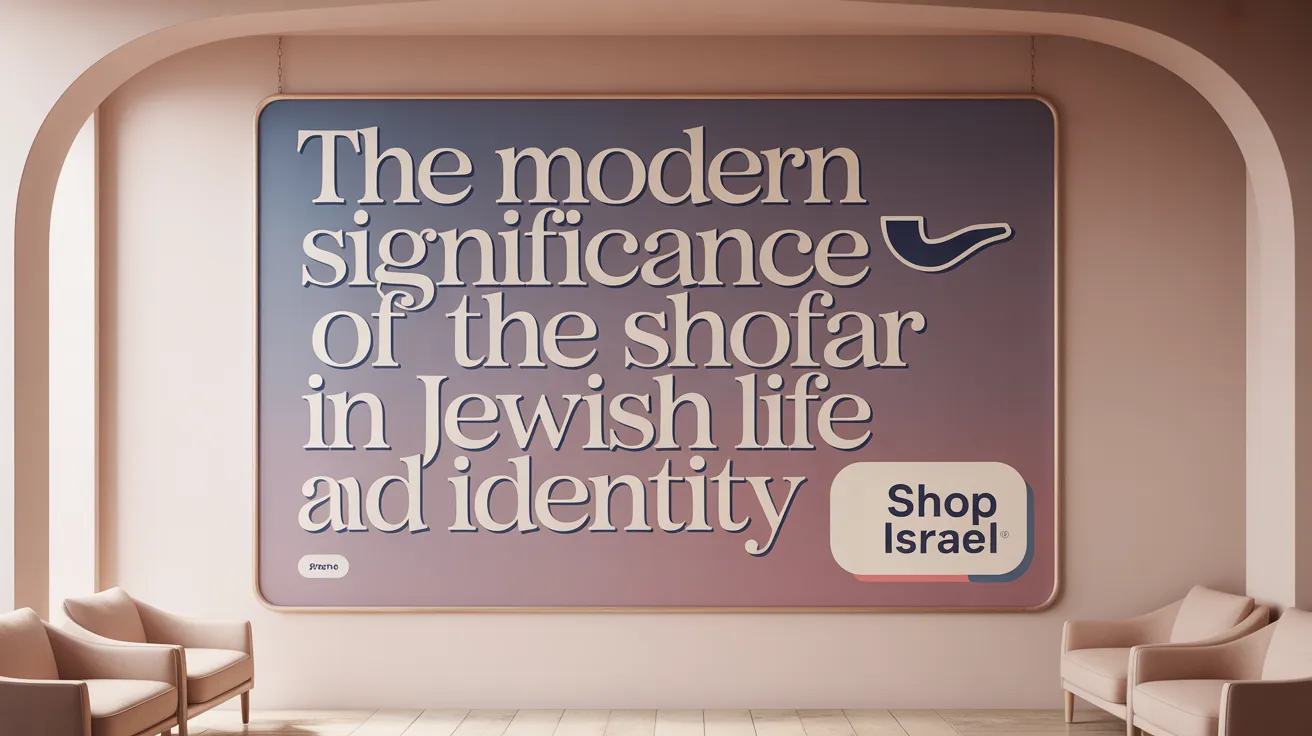
How is the shofar used and perceived in modern Jewish and cultural contexts?
The shofar remains a profound symbol in contemporary Jewish life, with its principal liturgical role evident during the High Holidays of Rosh Hashanah and Yom Kippur. It is also sounded daily throughout the preceding month of Elul to awaken souls to repentance and renewal. Trained experts known as ba'alei tokeah carefully perform specific sequences of blasts—Tekiah, Shevarim, and Teruah—each imbued with rich spiritual significance reflecting joy, lamentation, and urgent call to reflection.
Public initiatives, notably since the 1950s with campaigns like those by Chabad-Lubavitch, have sought to increase awareness and observance of the shofar ritual worldwide. These efforts have revived and strengthened communal engagement around this ancient practice, bringing the shofar's powerful message of awakening to broad Jewish audiences beyond synagogue walls.
In addition to its sacred usage, the shofar has found a voice in modern secular and political spheres. It appears in musical compositions, cultural festivals, and public demonstrations, including pro-Israel events, where its sound evokes identity, unity, and spiritual resilience. This crossover reflects the shofar's enduring capacity to connect people beyond religious boundaries (Shofar in modern Jewish prayer, Shofar in secular and political contexts.
Today, the shofar continues to inspire spiritual awakening and communal strength, serving both as a ritual instrument and cultural emblem. It bridges timeless tradition with modern expressions of faith, spirituality, and Jewish identity, reminding participants and observers alike of a shared heritage and the ongoing call to introspection and renewal (Spiritual Significance of the Shofar.
Continuing the Legacy of the Shofar Through Thoughtful Engagement
The shofar’s powerful legacy, deeply rooted in ancient text and tradition, reverberates vibrantly in the modern Jewish world through both ritual practice and an expanding array of meaningful merchandise. The craftsmanship and artistry invested in shofars today not only ensure their ritual purity but also offer tangible connections to heritage, culture, and spiritual awakening. By embracing both its historical significance and its evolving cultural expressions, communities worldwide continue to preserve and celebrate the shofar’s profound message of repentance, renewal, and hope. Engaging with shofar merchandise thus serves not just as an act of ownership but as a dynamic participation in a living tradition that spans centuries and inspires future generations.
